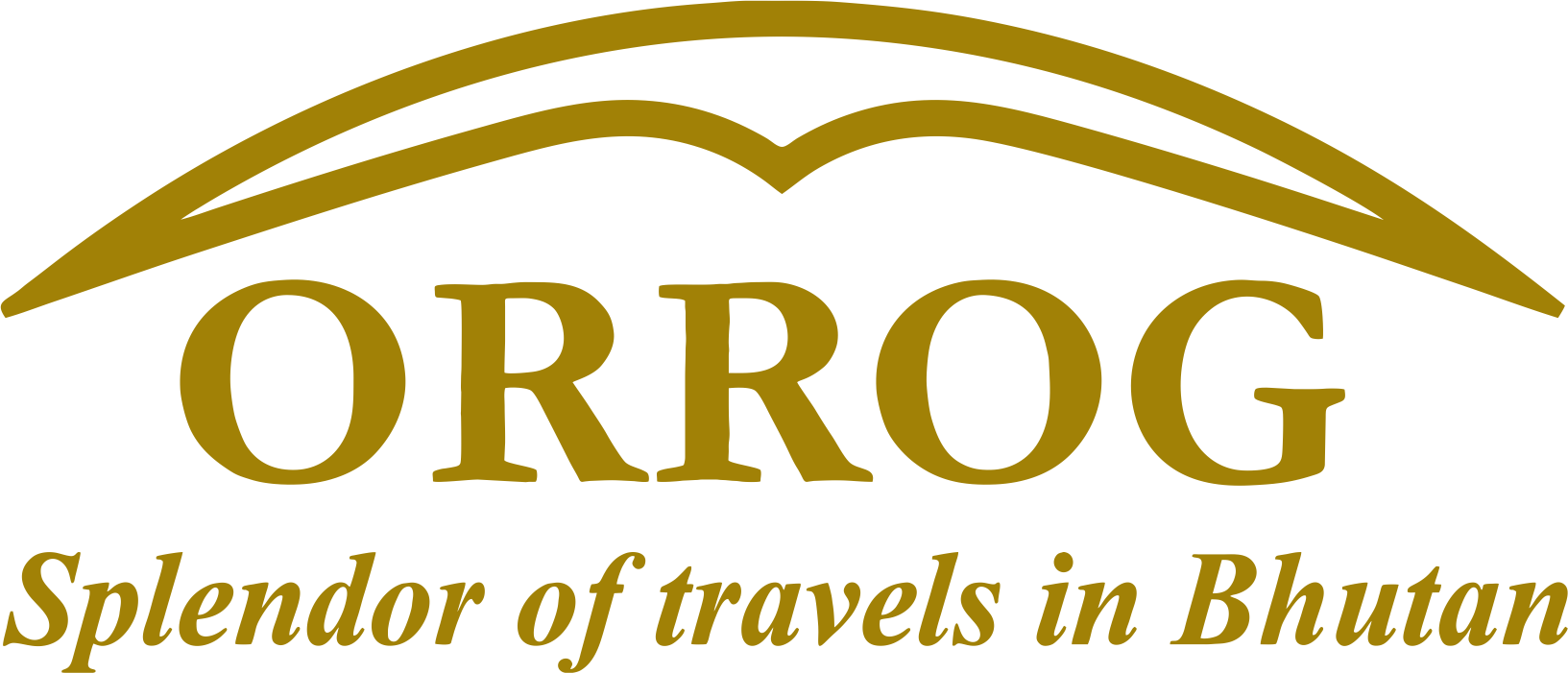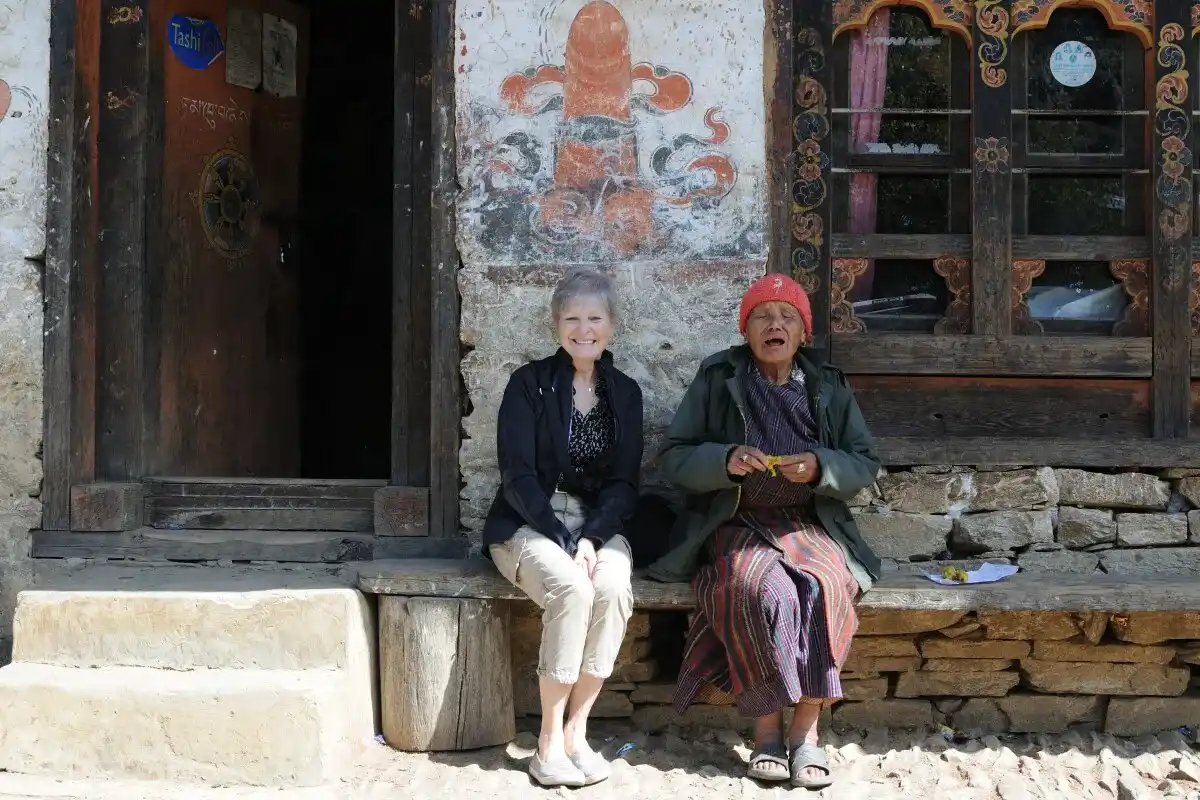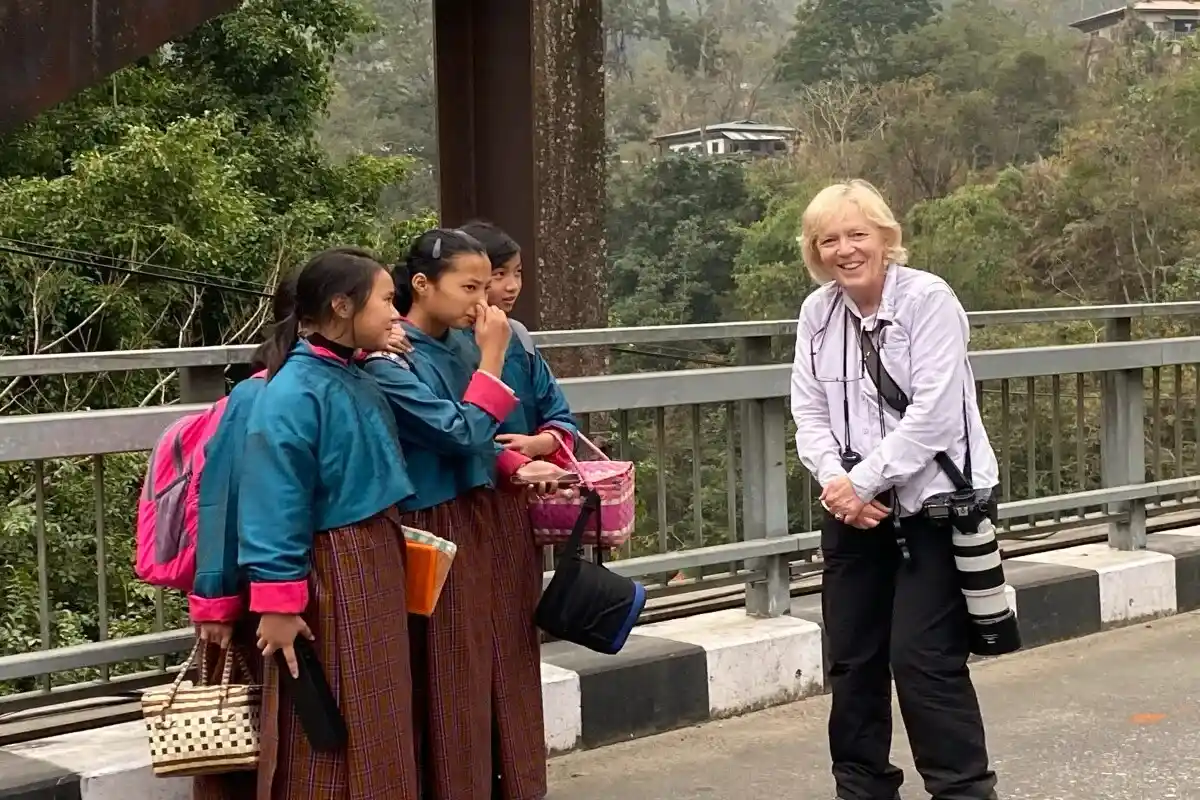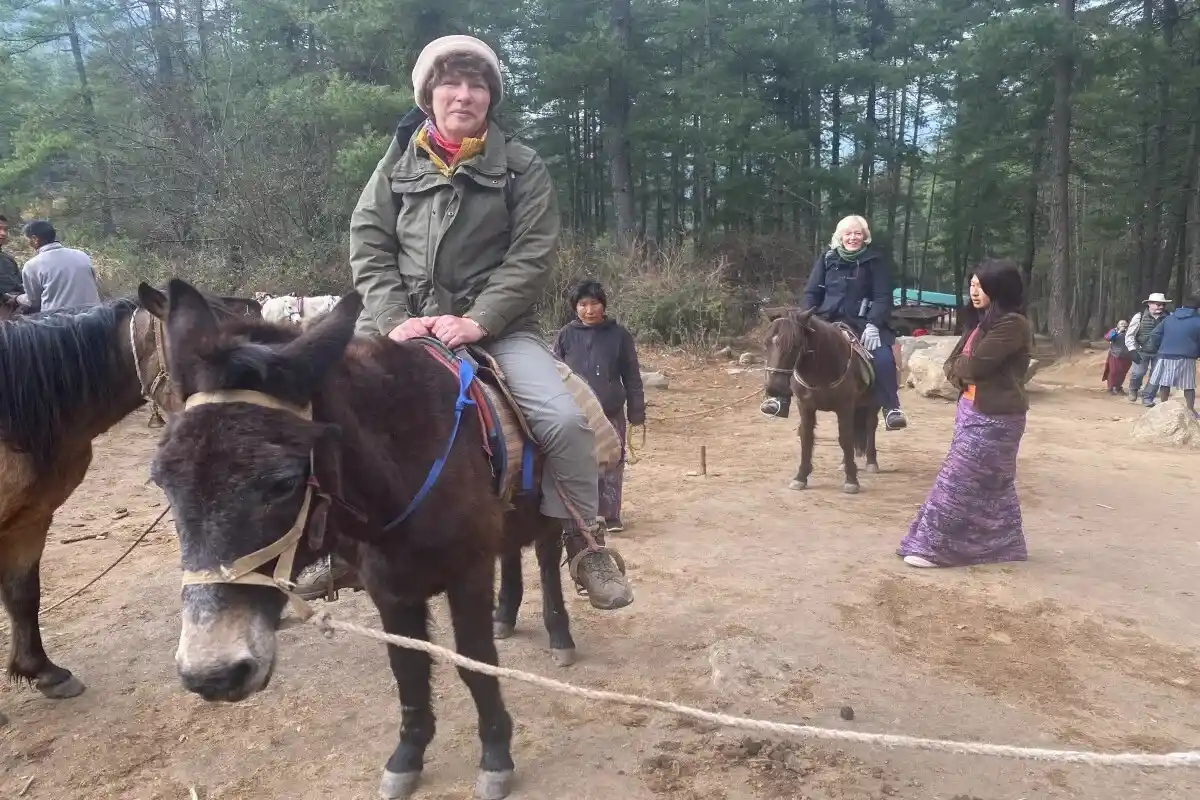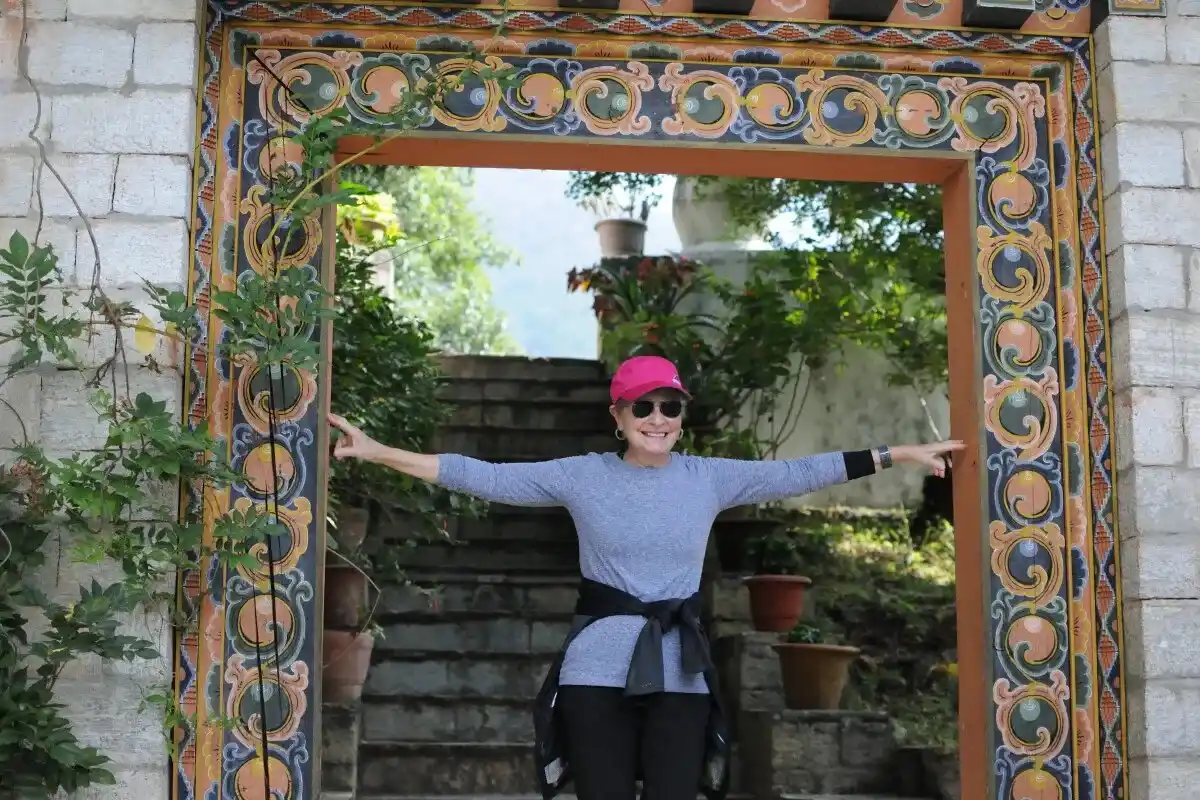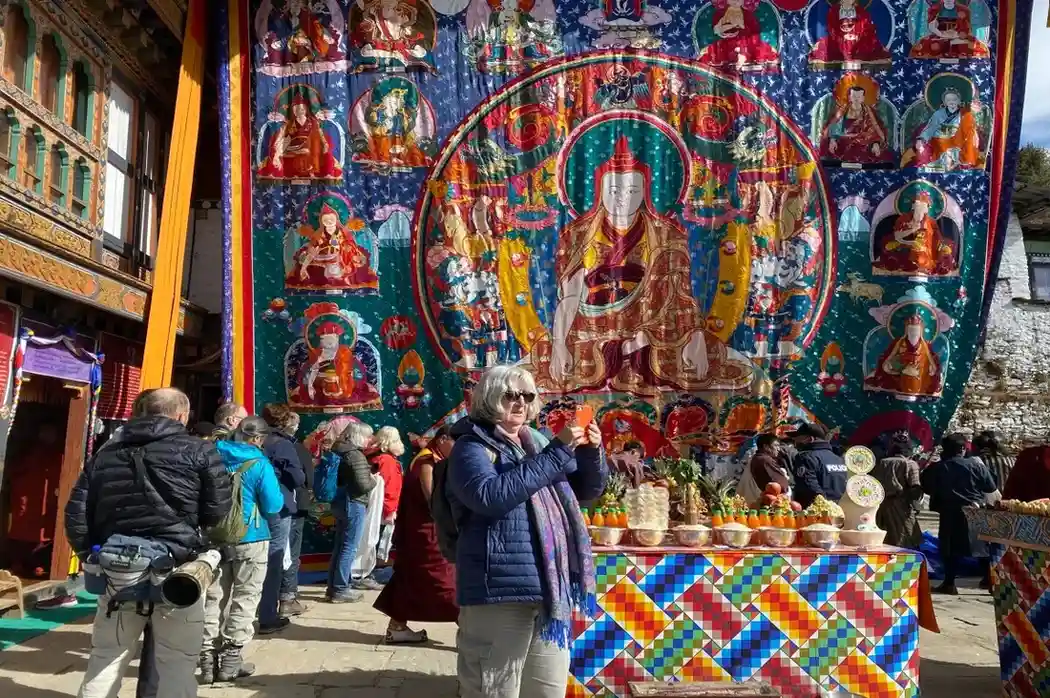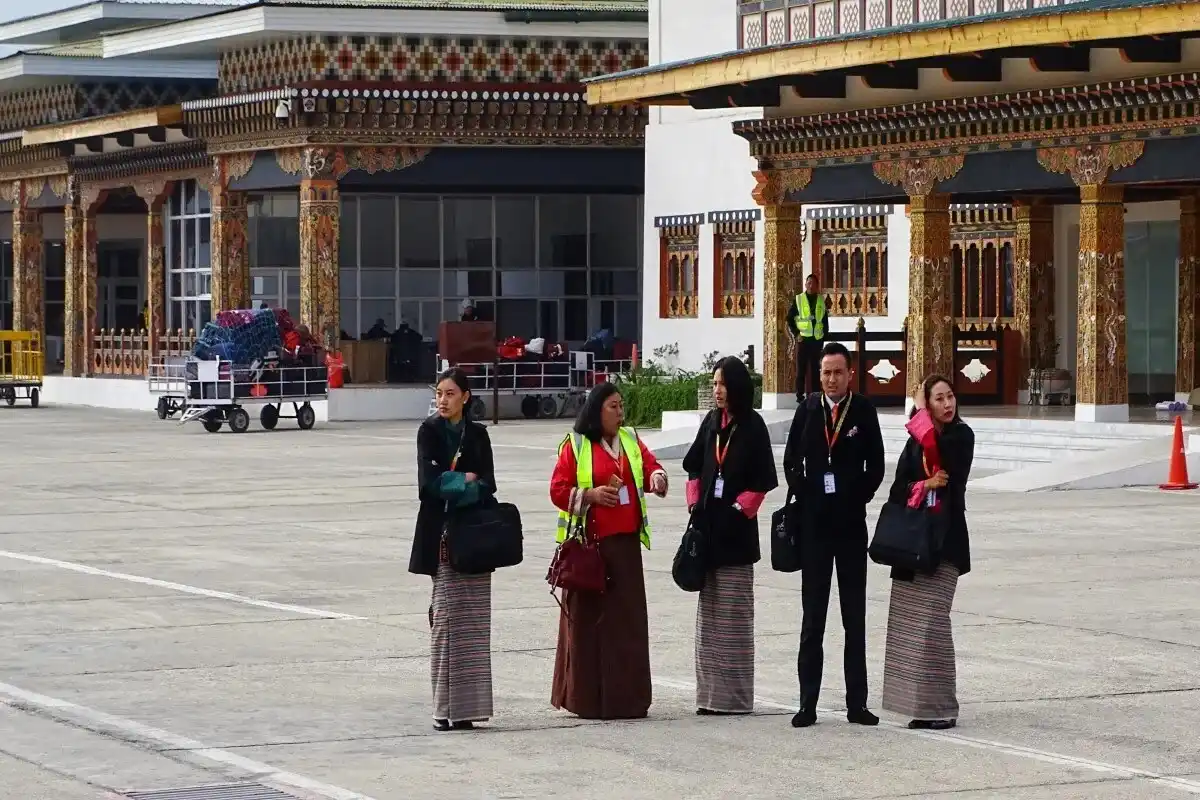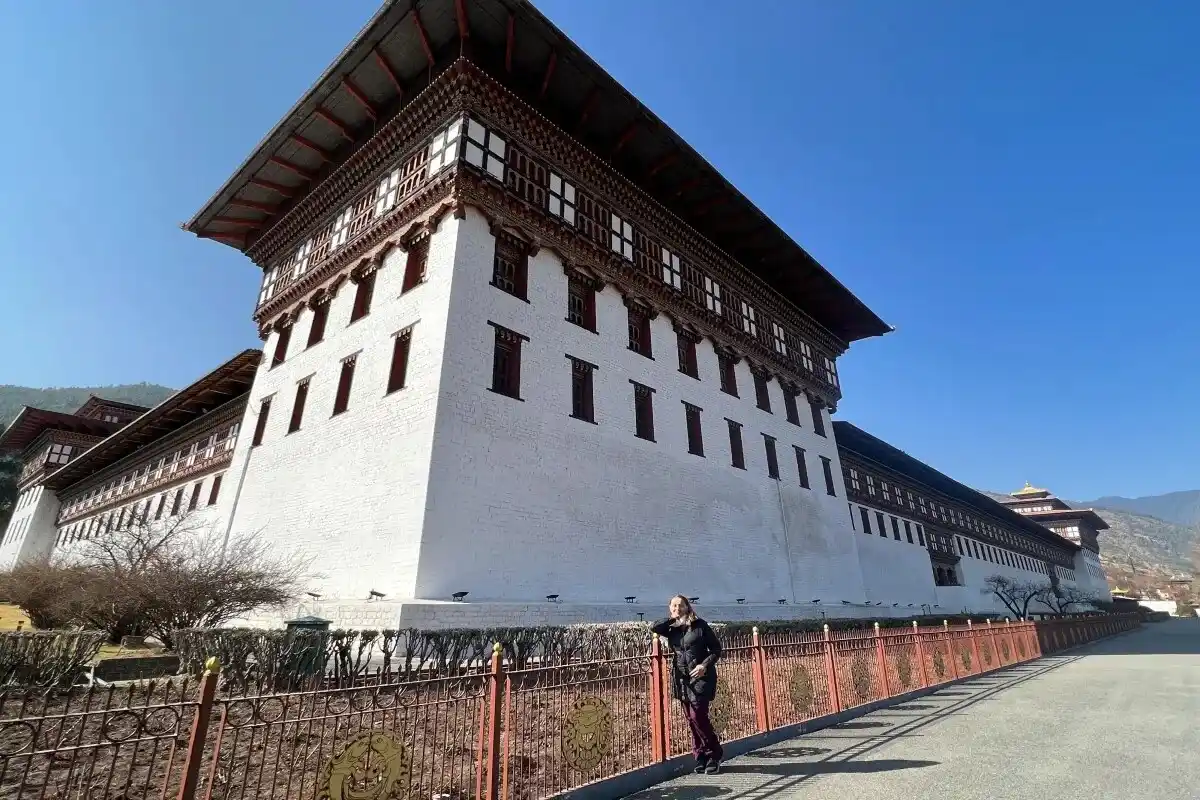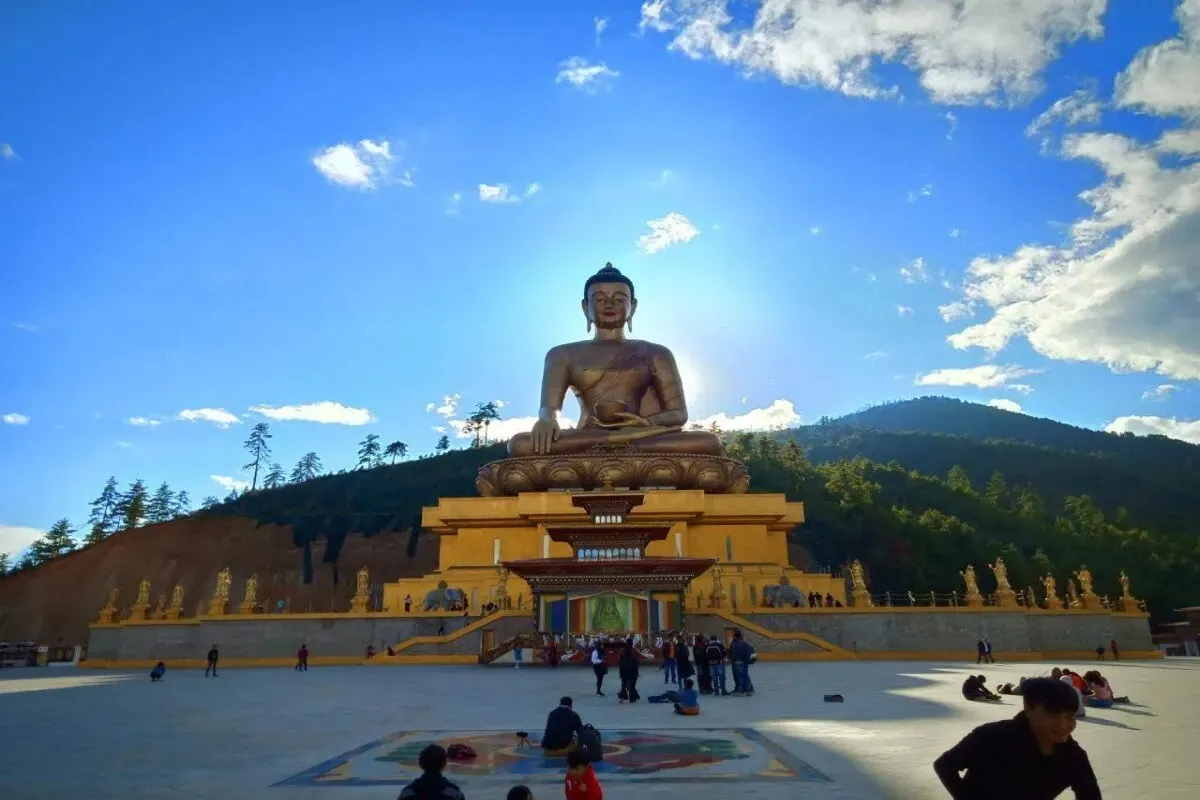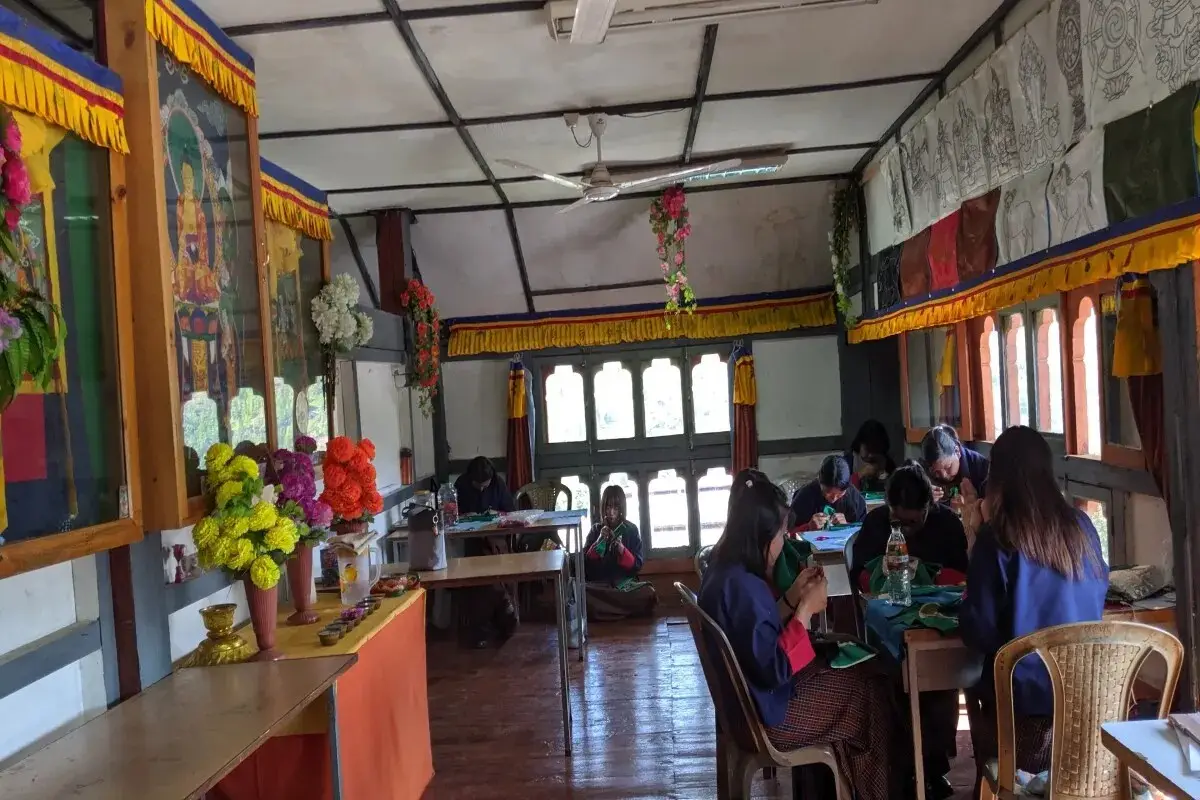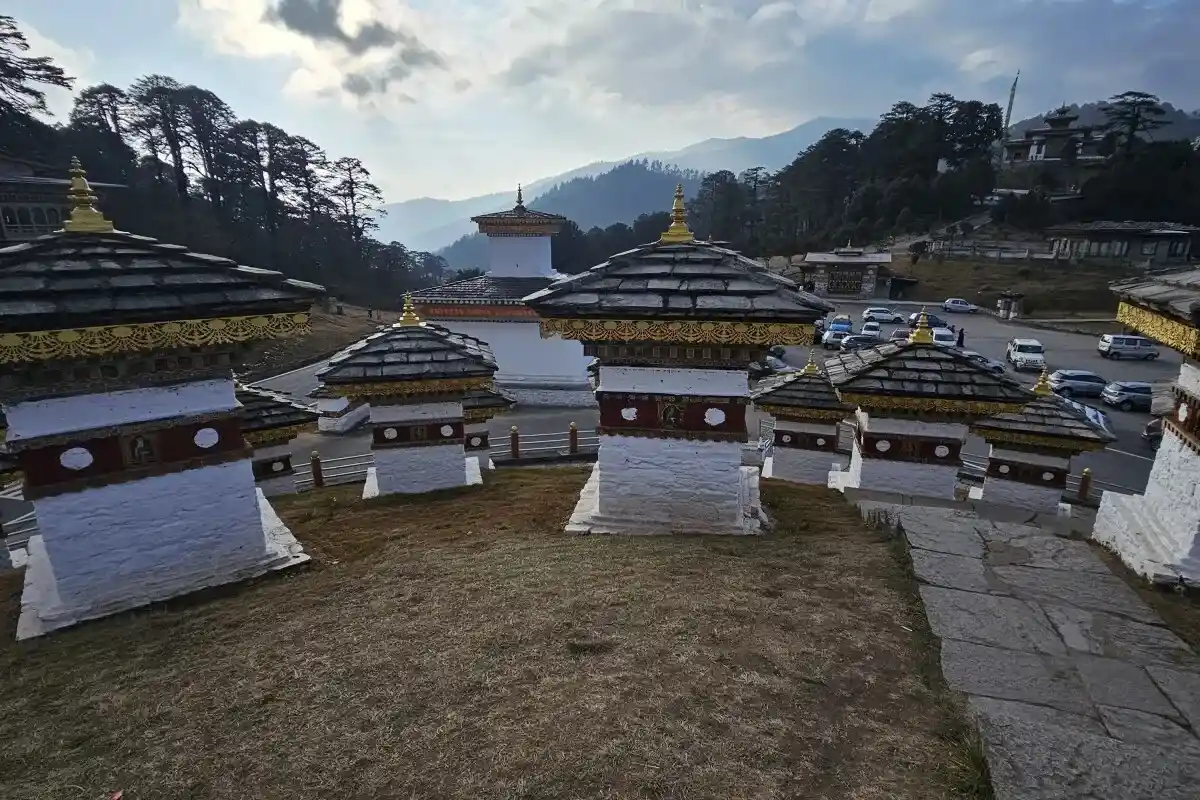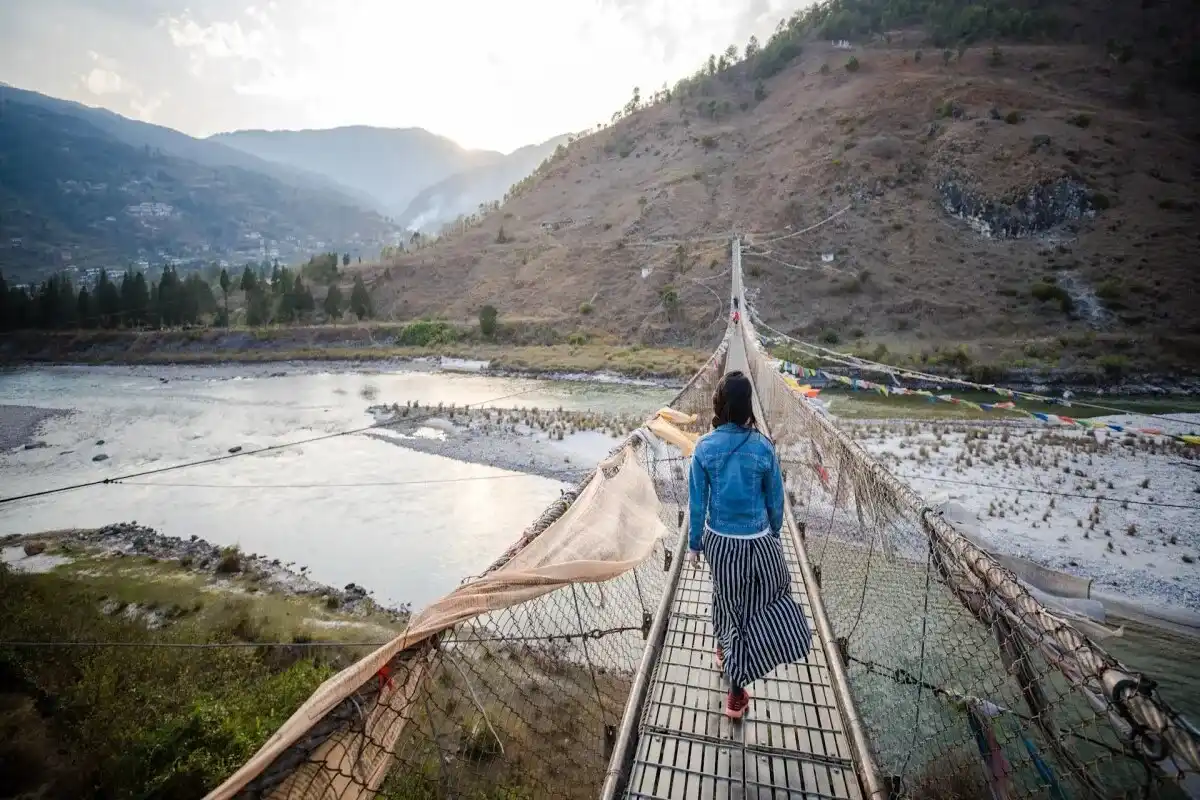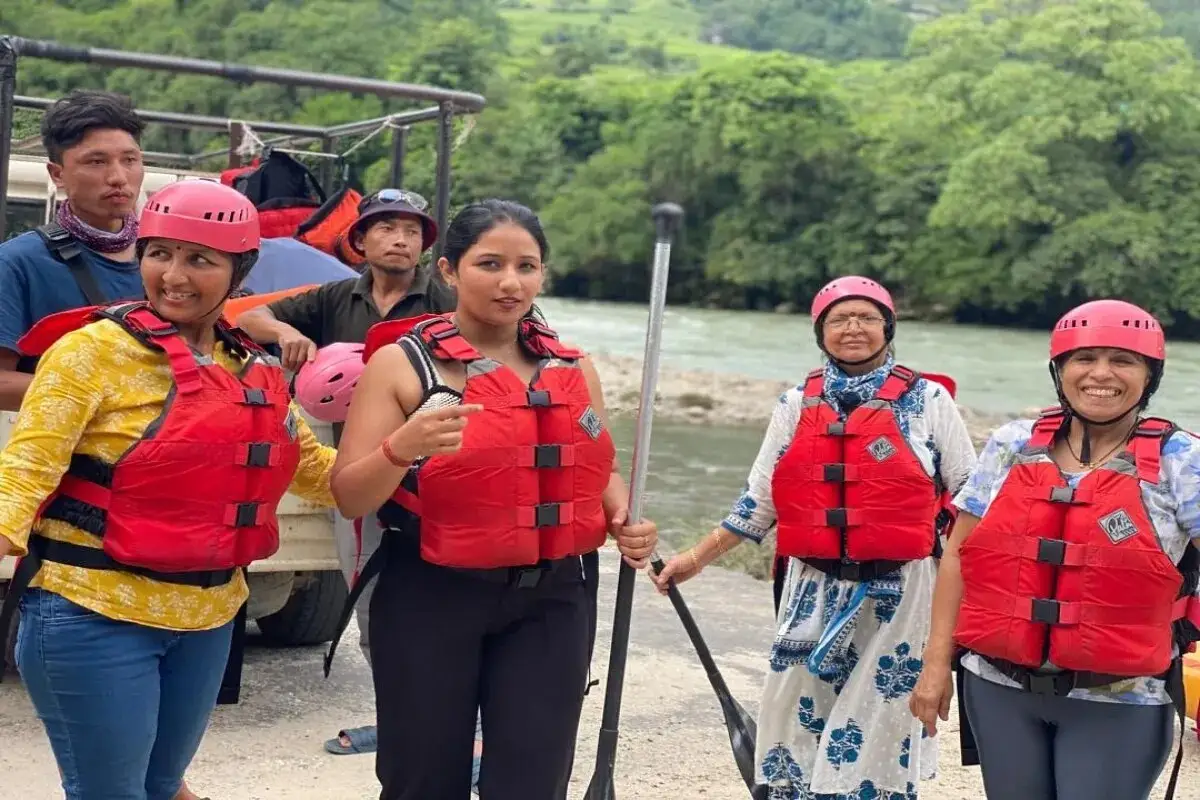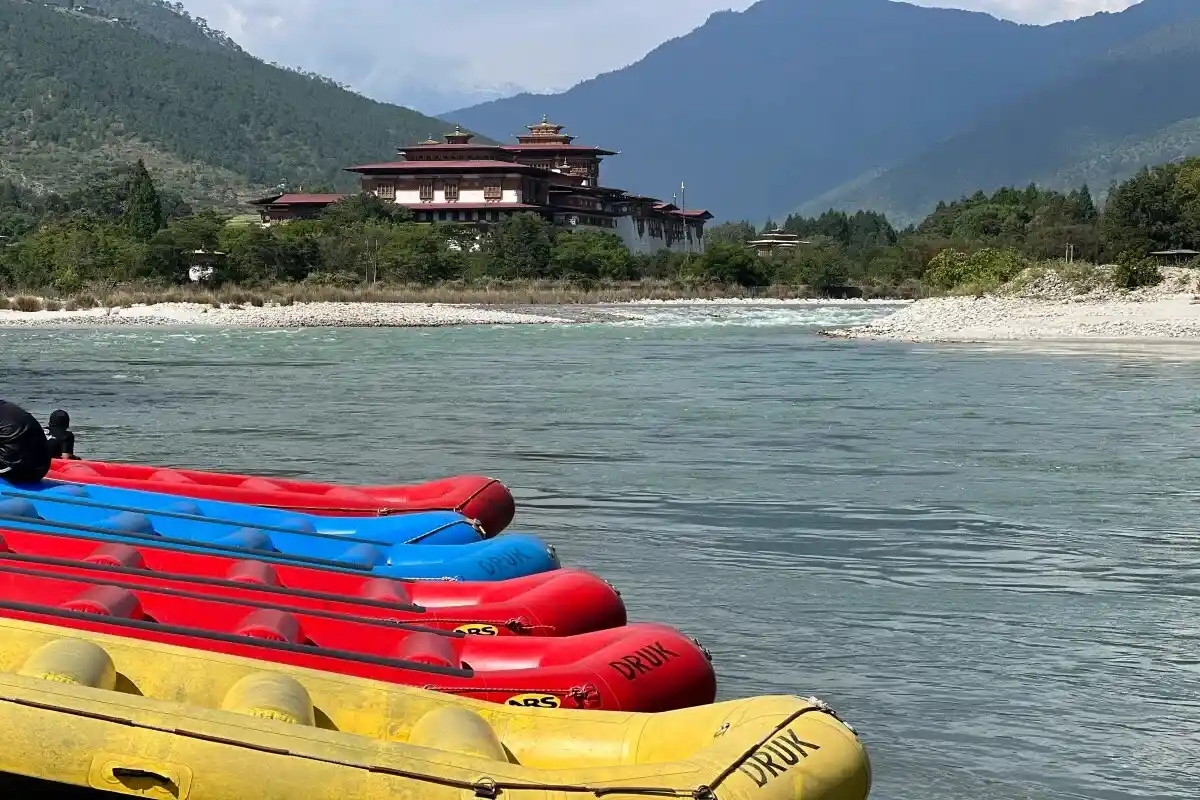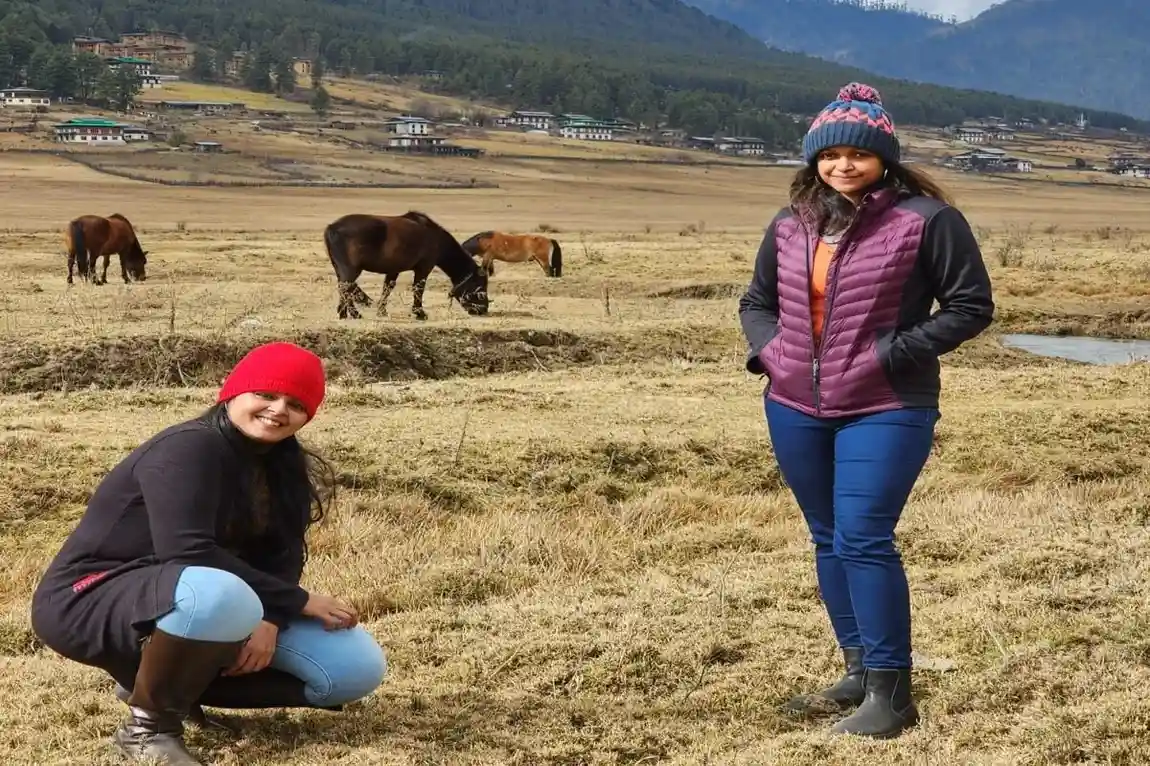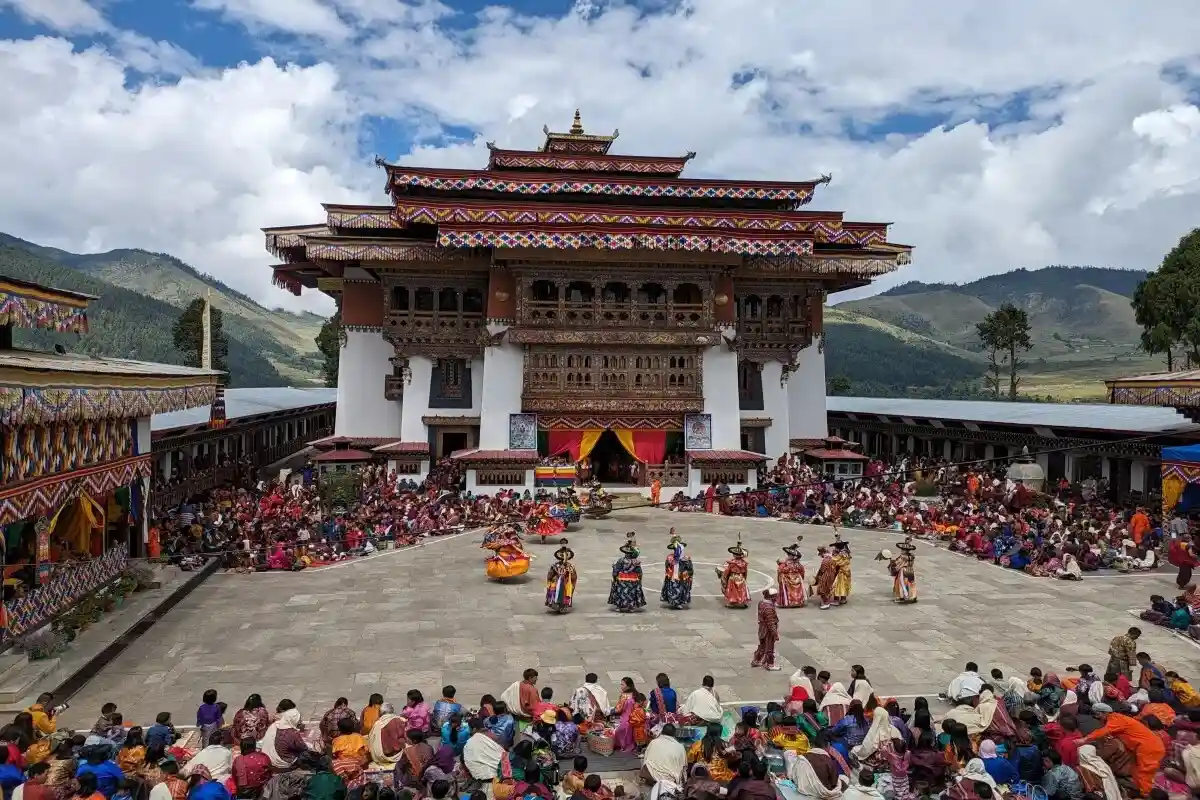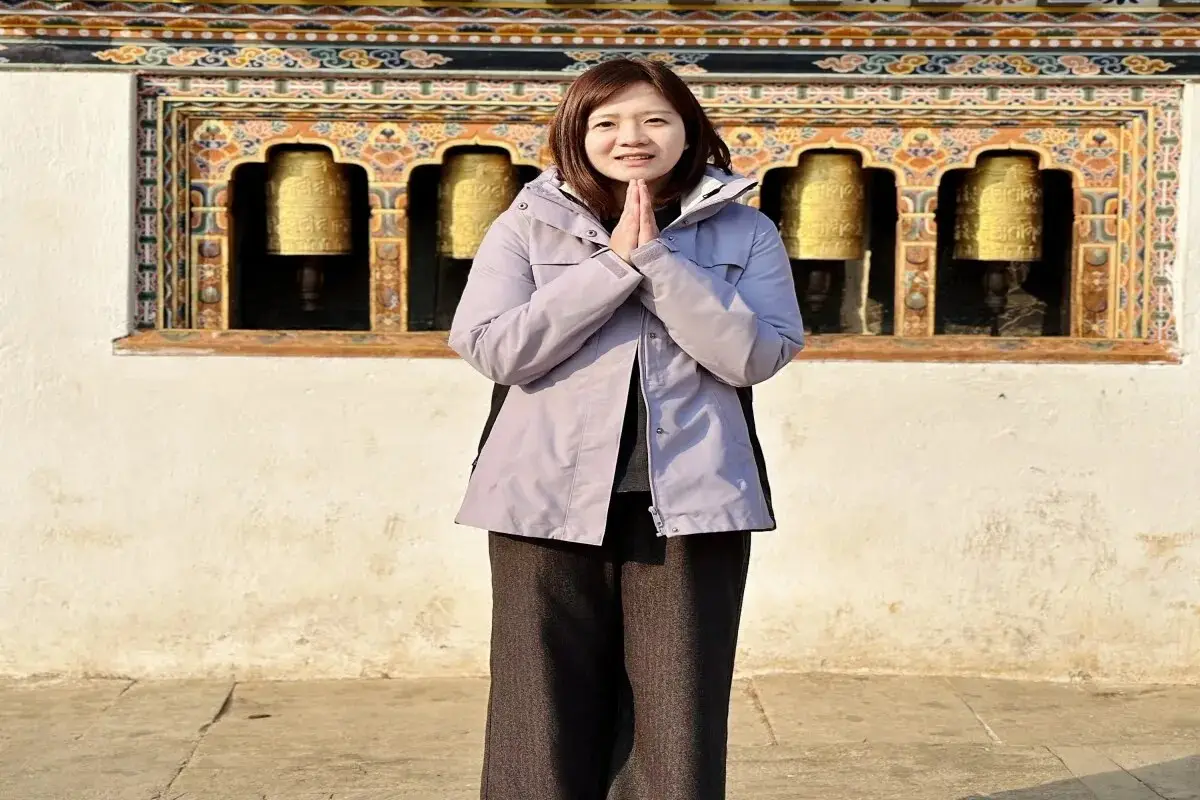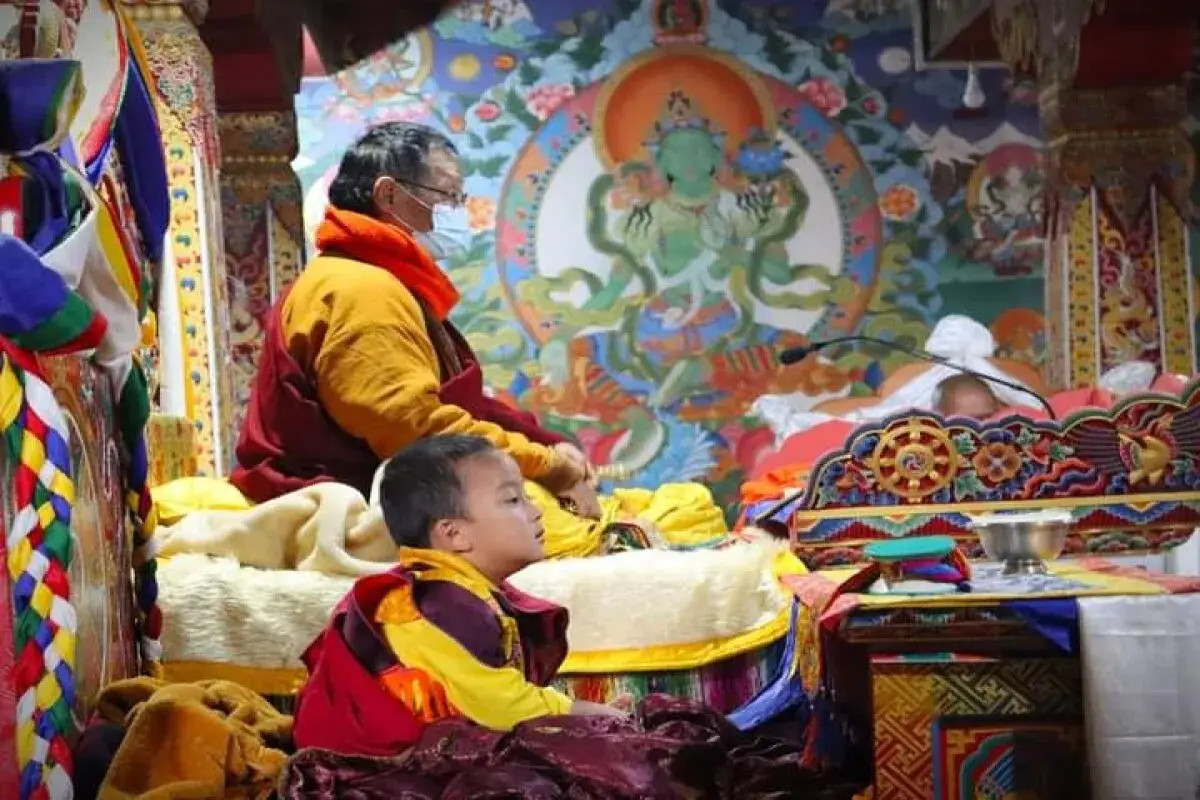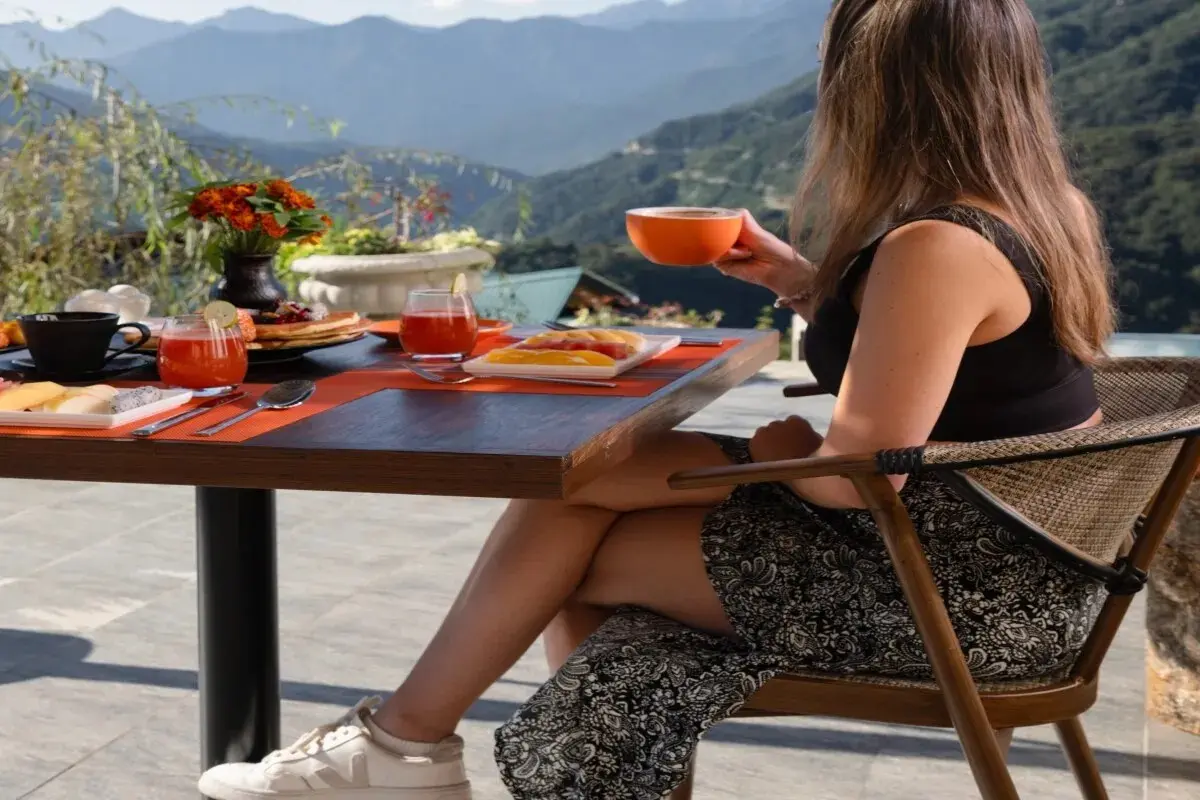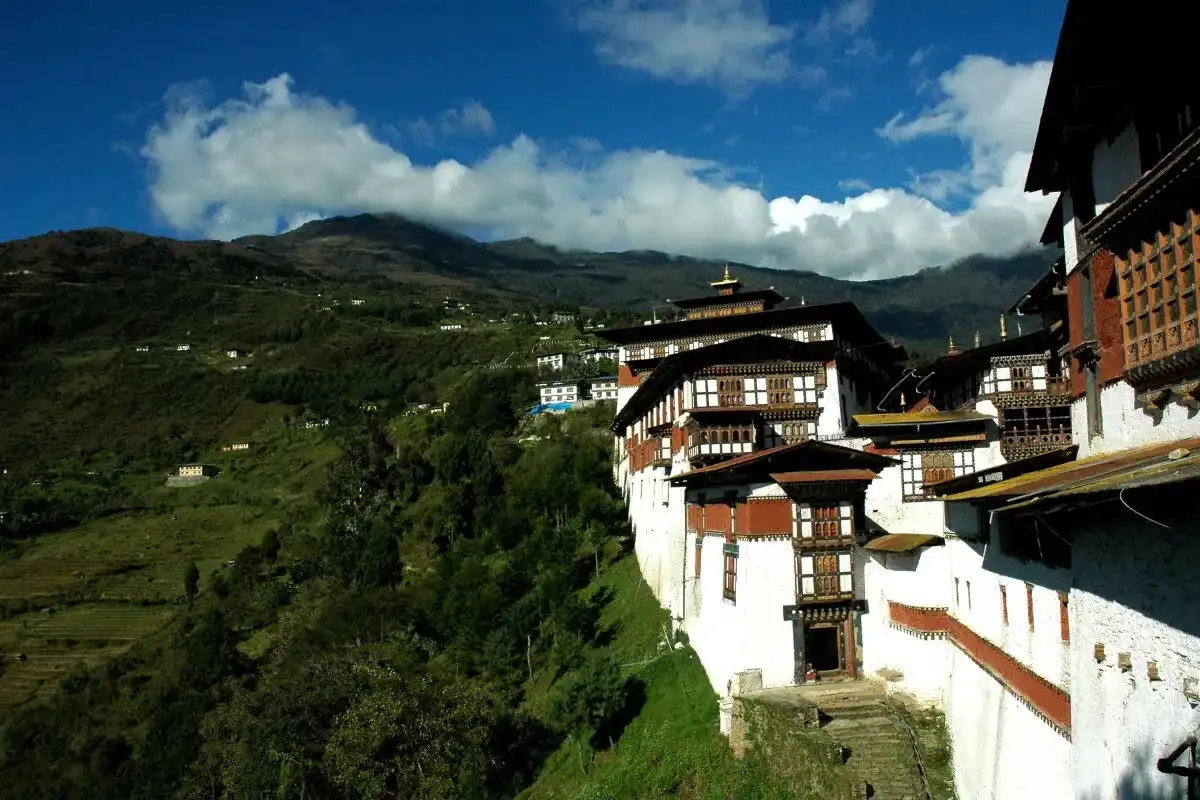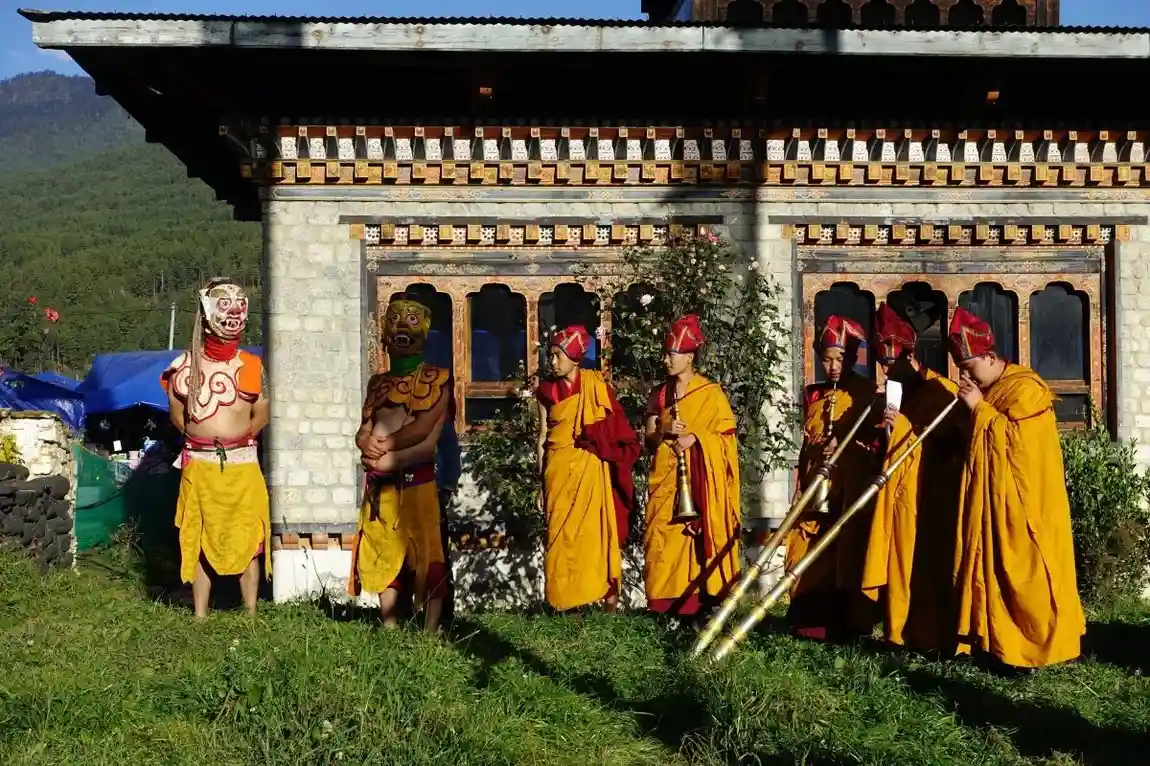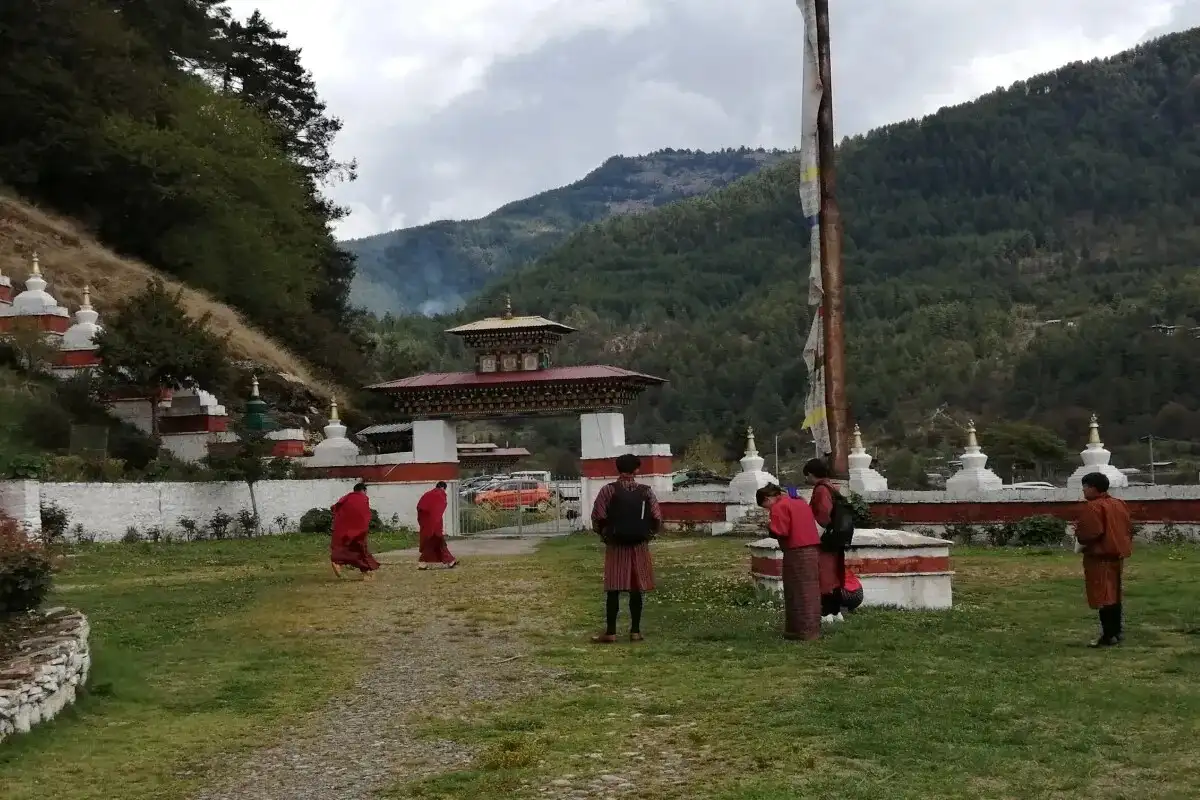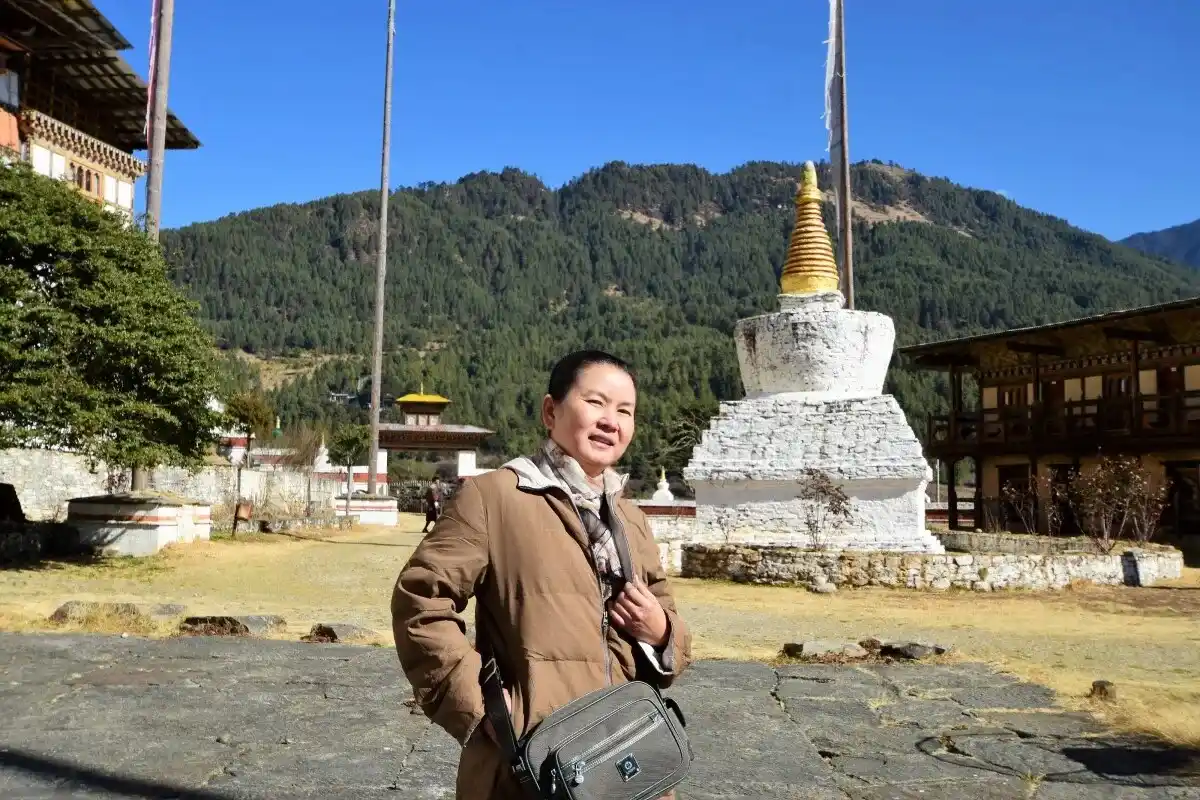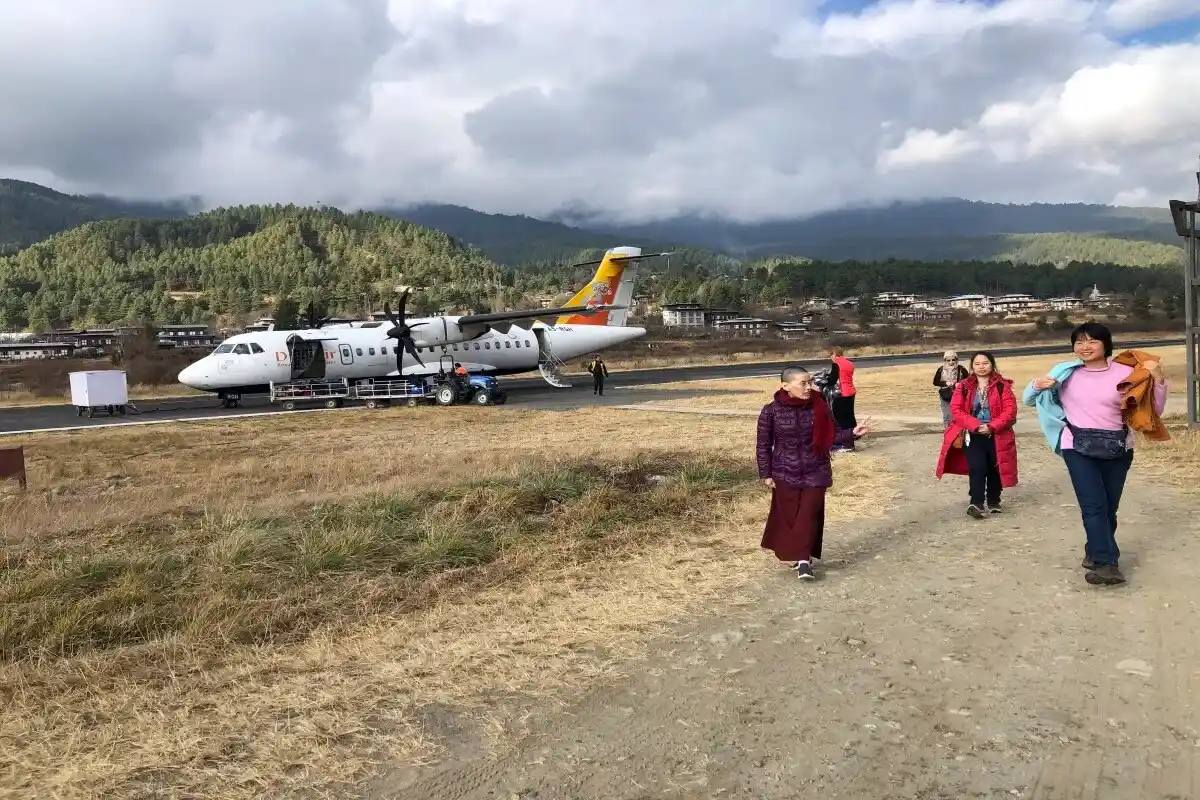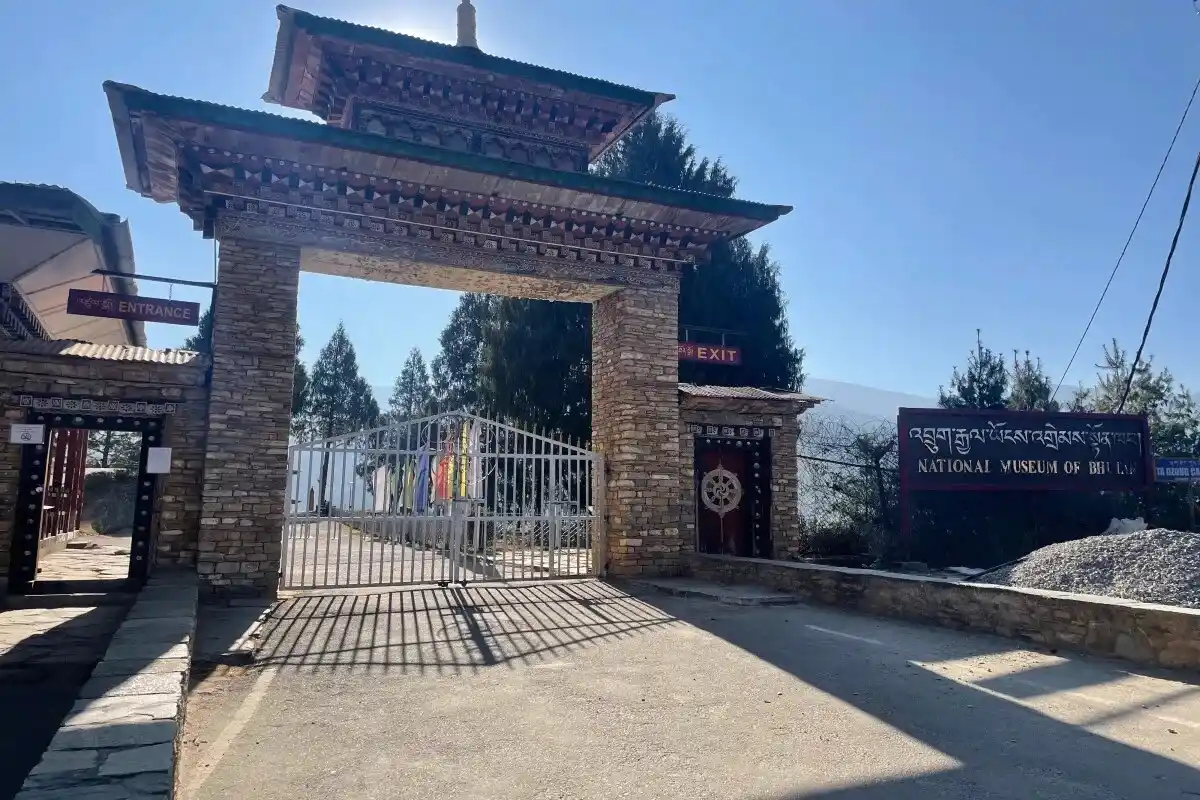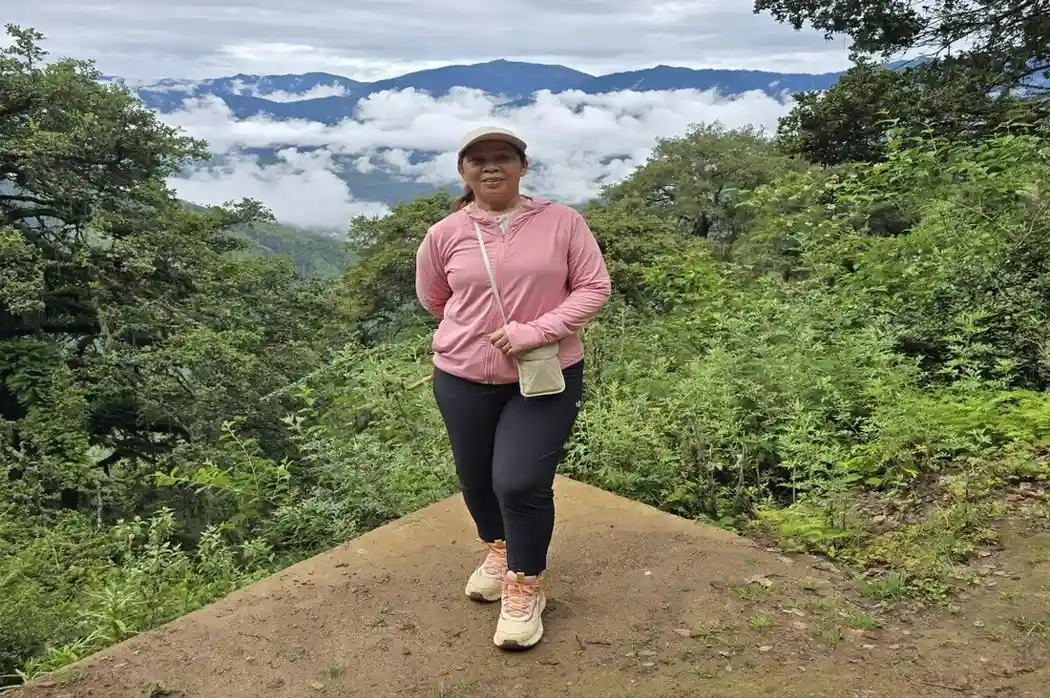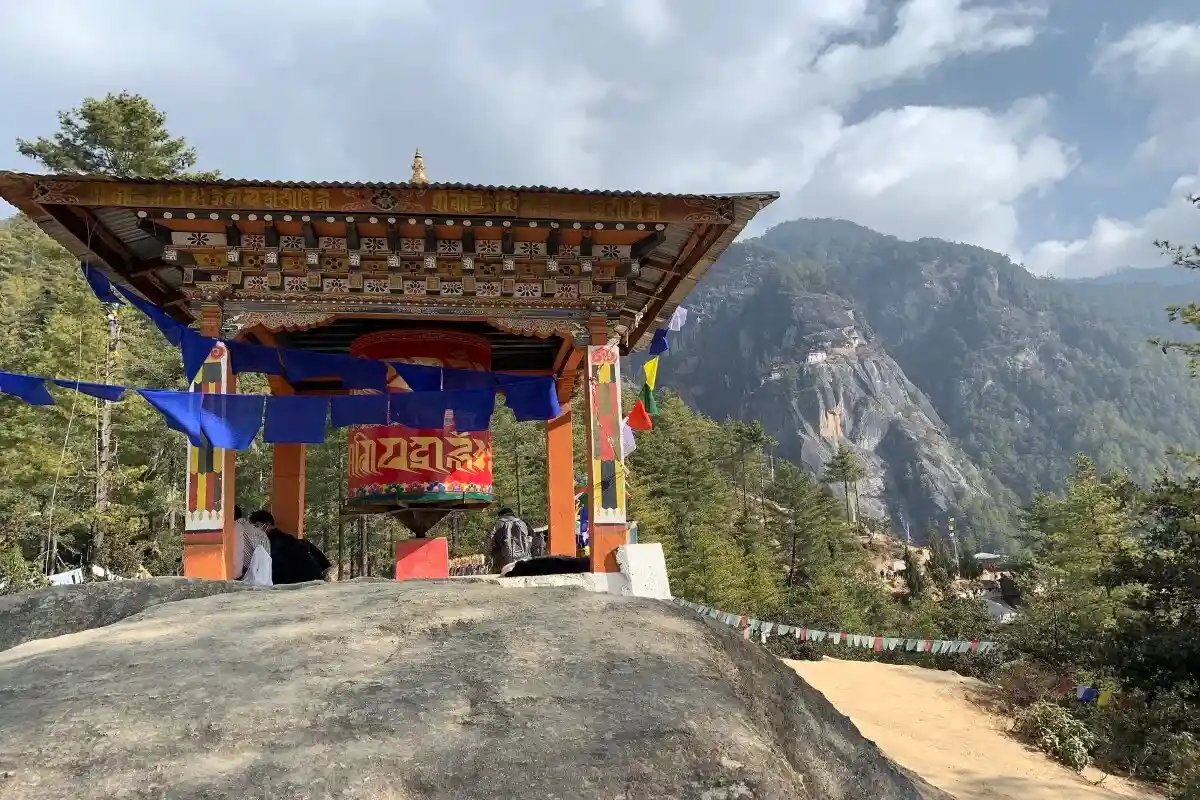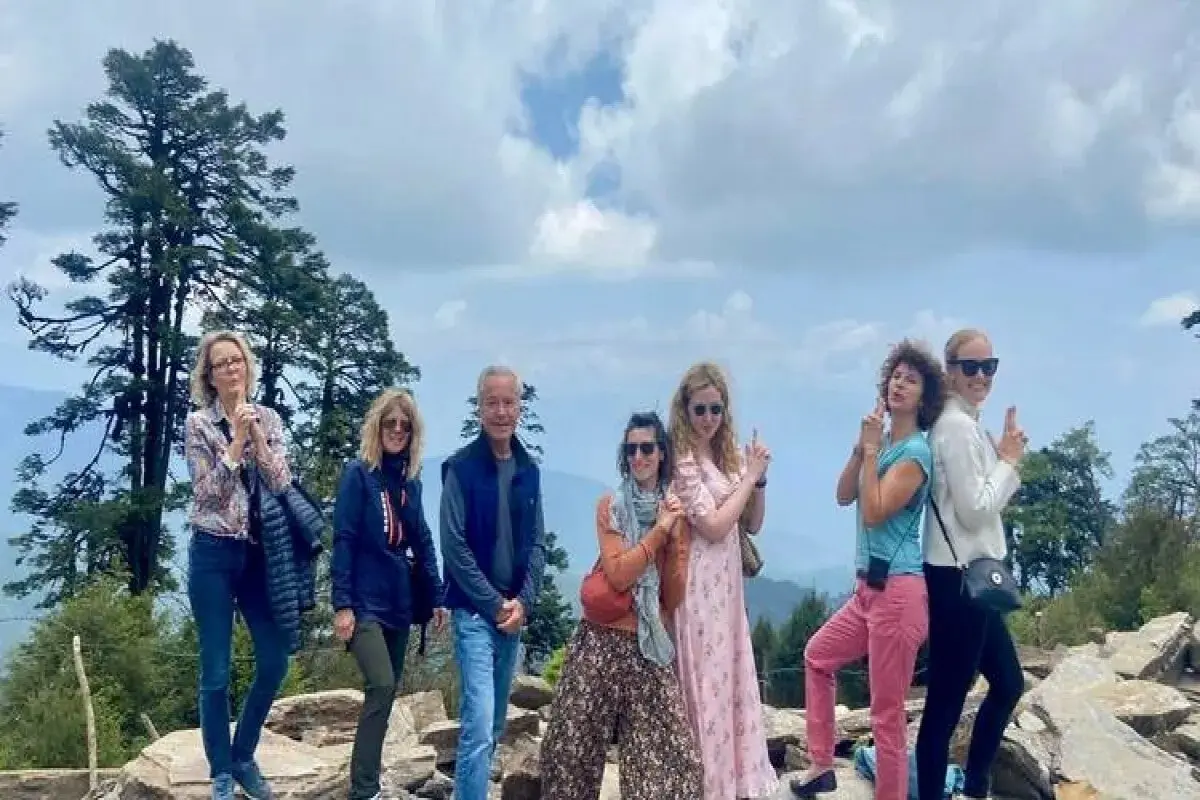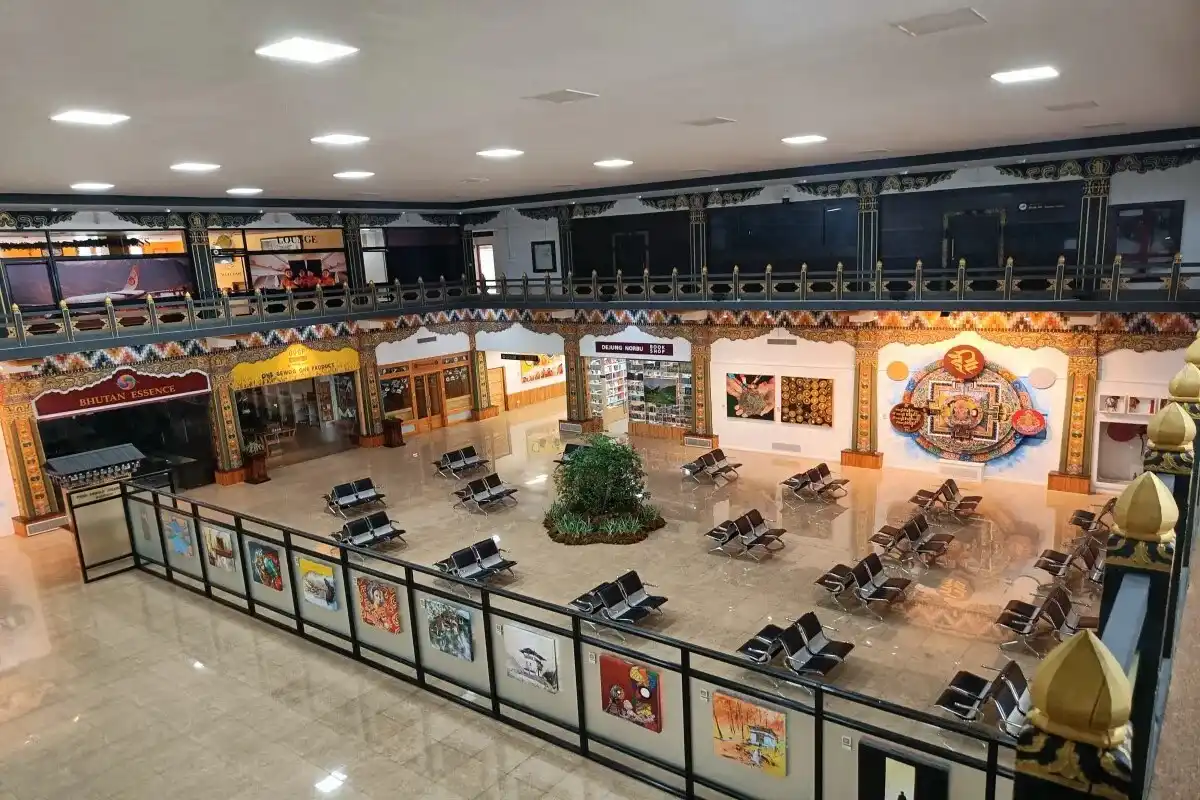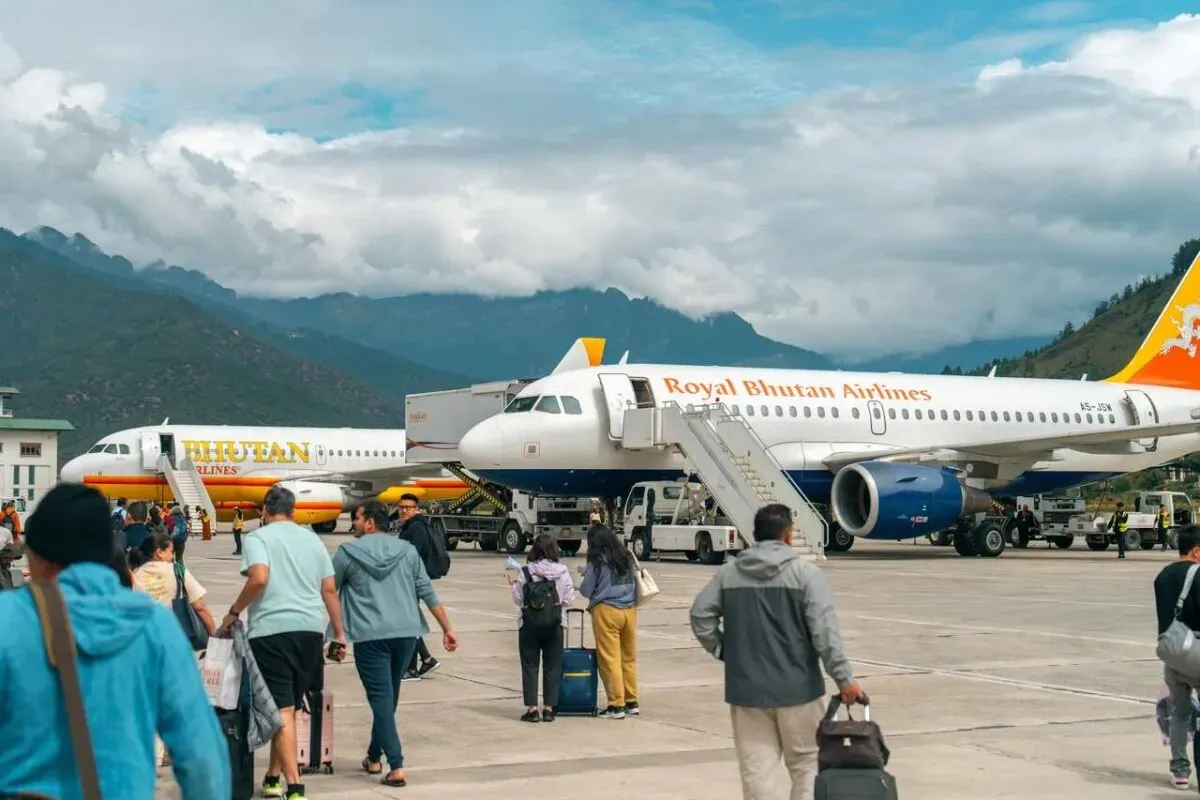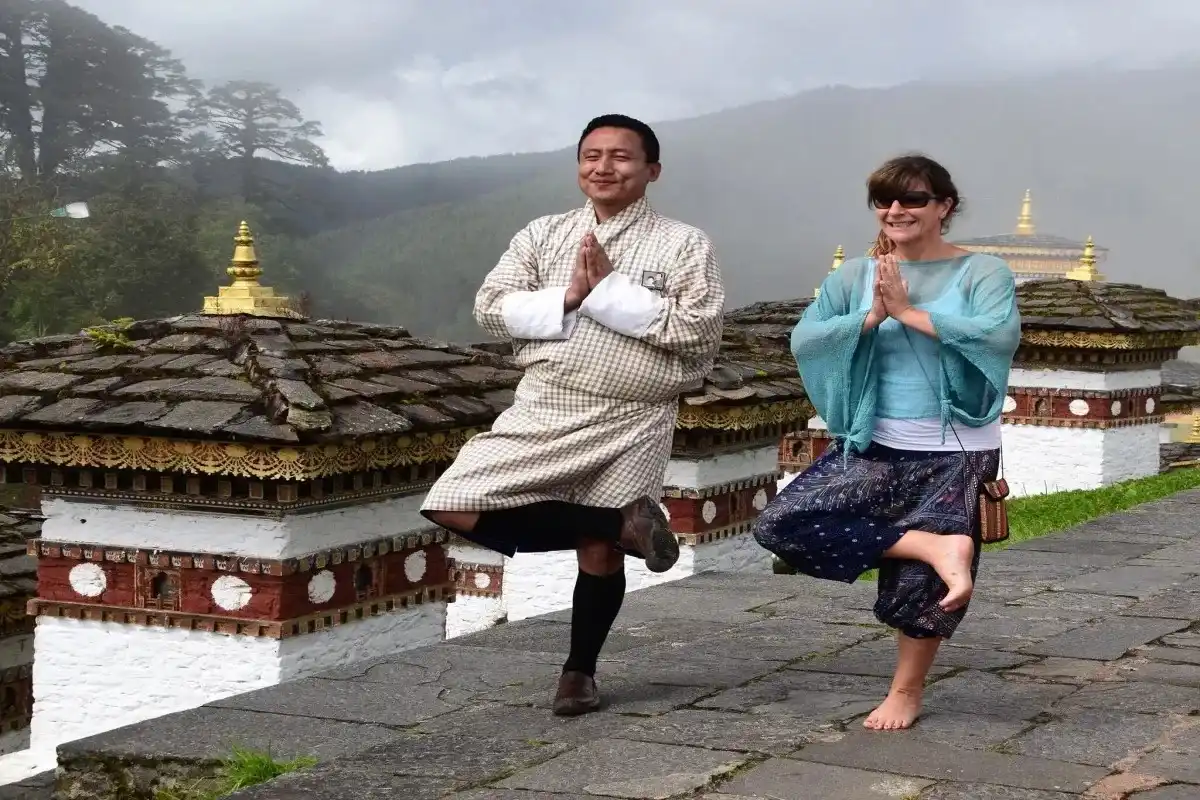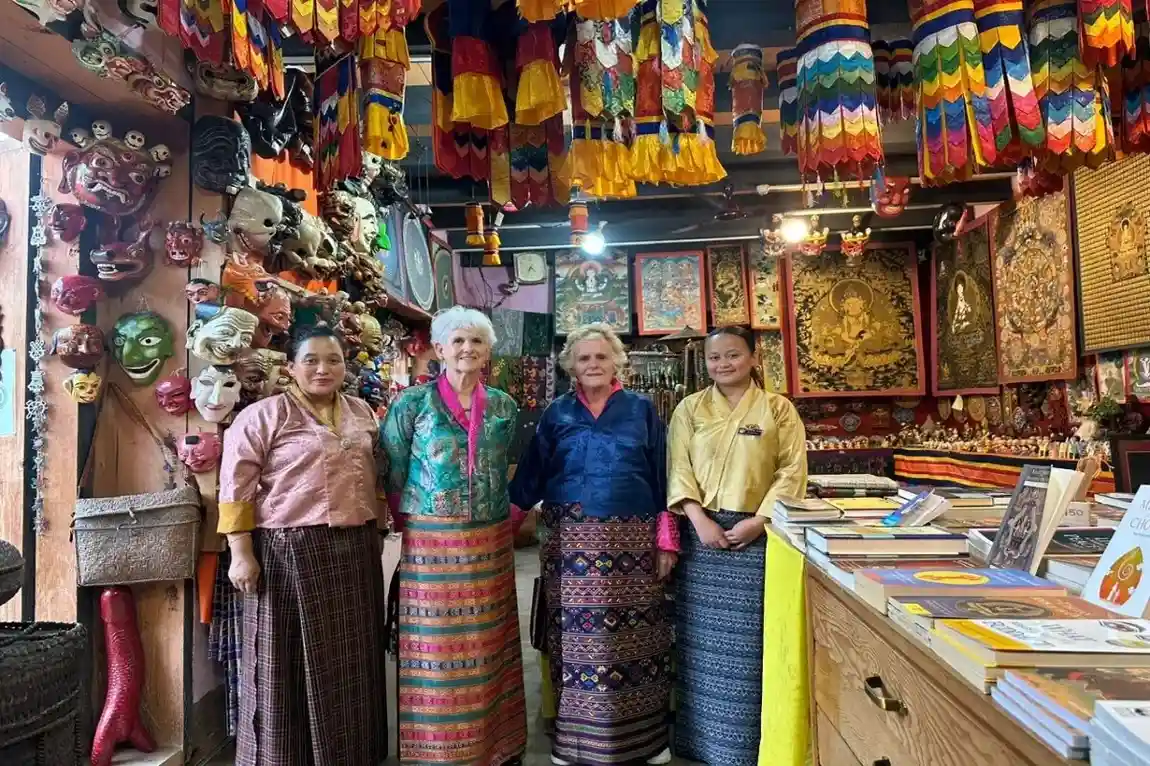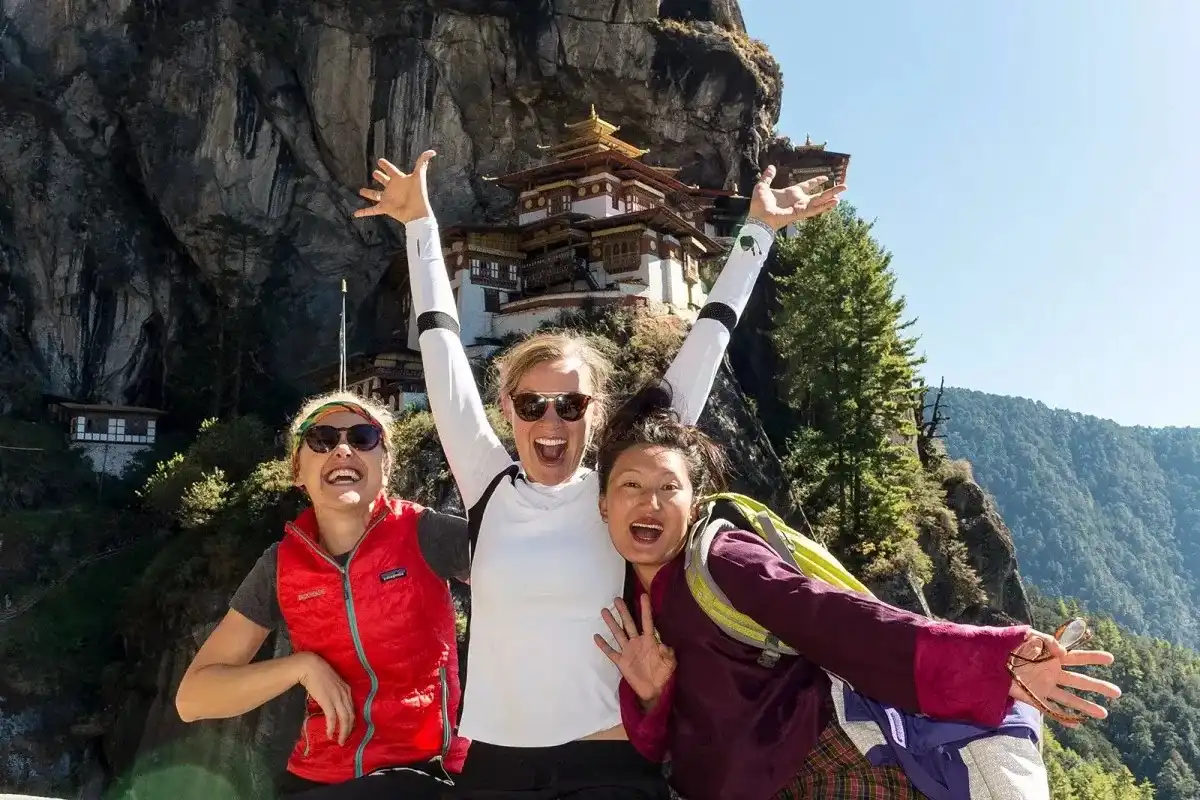Women’s Hiking & Cultural Discovery in Bhutan - 9 Days
This nine-day Bhutan cultural tour is designed for women who want gentle hikes, quiet moments, and real contact with local life. The trip mixes soft hiking and cultural visits.
Highlights of the tour
Trip Overview
You will walk across small trails , visit monasteries and take part in simple rituals. The days are calm but full. The plan gives time to breathe and to learn. We focus on safety and comfort. You will travel with our professional guide. This tour aims to help women feel strong, calm, and seen. It blends nature, culture, and simple wellness. You will step into village life and Bhutan’s spiritual places. The tour takes the trail between Paro and Thimphu. You will visit Punakha, Phobjikha, and Bumthang throughout the trip. The trip is gentle on the body but rich in feeling. It is a travel shape that supports learning and rest.
Highlights of the Tour
This 9 days trip will get you experience the culture and tradition of Bhutan along with the natural beauty. From exploring sacred monastries to mindful walks in the nature,hotspring bath will bring peace to your mind which makes a perfect escape from busy city life.
Hike Iconic Trails Including Tiger’s Nest
The Tiger’s Nest hike is a must on this trip. The trail climbs through a pine forest. It opens to dramatic views of the cliff where Paro Taktsang sits. The final part has steps and small viewpoints. You can move at your own pace. You can pause often for rest and photos. This visit offers you time for quiet and small meditation at the monastery. The scene feels sacred and still. For many travelers, this hike is a moment of deep calm. The climb is not a race. It is a slow walk with purpose and time to look and breathe. Paro Taktsang’s importance and setting are widely noted.
Explore villages like Phobjikha, Haa, and Gangtey
You will visit small valleys and quiet villages. Phobjikha is a broad glacial bowl with open meadows. It is known for its rare birds and calm farms. Haa Valley is small, green, and close to old trade routes. Gangtey adds a strong monastery and forest trails. In the villages, you will get meet locals. They weave, farm,cook and you can enjoy simple meals and learn local tasks. The visits are slow and real. They help you see daily life. You will stay in village lodges or cozy hotels that feel warm and personal. These Phobjikha and Gangtey are highlighted as cultural valleys to explore.
Learn traditional crafts, visit nunneries, and interact with locals
This trip includes craft visits and short workshops. You will see weaving and local dyeing methods. Artisans often welcome visitors into their small shops. You may learn to make a small item or try simple weaving steps. The tour also offers chances to visit nunneries. Here you can learn about daily rituals and simple chants. Conversations with women in the villages bring real stories. These slow talks often teach more than a guidebook ever could. You will leave with a small item and a new view of how craft and faith shape daily life in Bhutan.
Enjoy hot stone baths, forest walks, and mindful moments
After hikes, hot stone baths are a sweet treat. A soak like this helps tired muscles and opens the mind to rest. The trip also includes gentle forest walks. These are short and calm. You will walk under tall pines and listen to birds. Guides will offer short breathing or mindfulness moments. The pace is soft. The balance of gentle exercise and rest makes the trip feel like a slow reset. These simple rituals help you relax and notice small things.
Visit monasteries, dzongs, and hidden temples
Bhutan is a land with temples and dzongs, which are located in valleys and on hills. Every one of them consists of carved wood, painted walls, and an awareness of history. You will visit important dzongs and small hidden temples that few travelers see. These spots hold quiet prayer halls and old murals. Local monks and nuns may be present. You will learn the basic rules for respectful behavior. These visits are not long tours but slow visits. You get time to sit, watch, and reflect. The spiritual sites add weight and softness to the whole journey.
The Spirit of the Journey - Nature, Sisterhood & Self-Discovery
This tour is made to bring women together in calm ways. The days create space for sharing and quiet thought. By walking together in nature, people open up. The hikes are soft, so conversation can flow. The group will meet local women and learn from them. These exchanges build gentle bonds. The trip also has time for personal reflection. You can journal, meditate, or just sit with a view. Simple group workshops on mindful living, breathing, or local craft let women learn together. The mix of shared meals and quiet time helps women feel safe and supported. This kind of travel can bring new confidence. It also helps women slow down and notice small joys. This journey, in fact, is as much inward as it is outward. It is small steps that change how you feel about your own strength and calm.
Where You’ll Travel - From Valleys to Peaks
You will move through very different scenes. Paro and Thimphu are green valleys with town life and markets. Up there, you ride to high passes of rhododendron and pine. Punakha is located at a lower altitude and has a river valley and rice fields. Phobjikha is an open, cool valley comprising wetlands and meadows. In Bumthang, the land looks more like a spiritual heartland with temples and rolling hills. Haa Valley gives a sense of old trade paths and small farms. Altitudes on this trip go from around 1,200 meters in the lower valleys to about 3,000 meters near Tiger’s Nest viewpoints. The scenery shifts from warm green fields to cool alpine pastures. Each place feels different. You will notice the changes in air, light, and plant life as you move. These shifts make each day feel new.
Why Bhutan is Perfect for Women Travelers
Bhutan feels safe and calm. The people are warm and polite. Many local communities are welcoming to women travelers. The culture of the country respects modesty. There are female guides and female tours through local operators. This gives extra comfort for those who want a women-led space. The travel pace here is gentle. There are quiet spots and spiritual places that suit reflective travel. Health and hygiene standards are good in lodges and small hotels. Local food is simple and fresh. The country also has straightforward rules for visitors, so logistics are clear. For women who travel alone or in a small group, Bhutan offers a quiet, respectful space to learn and rest. You can find services in Bhutan that run women’s wellness and spiritual journeys that show how Bhutan can be shaped for women travelers.
Conclusion
This nine-day women’s hiking and cultural discovery in Bhutan is calm, deep, and welcoming. The trip blends short hikes, village stays, temple visits, and simple wellness moments like hot stone baths. It gives time for learning, quiet, and sisterhood. The route moves through key valleys and high viewpoints. The plan supports slow walking and real local contact. Women travelers will find safe spaces and chances to meet local women, learn crafts, and sit in sacred places. The trip suits first-timers and those who want easy hiking with rich culture. You will return with new skills, small handmade items, and quiet memories. If you want a trip that supports inner rest and slow discovery, this Bhutan cultural tour is built for you.
You will walk across small trails , visit monasteries and take part in simple rituals. The days are calm but full. The plan gives time to breathe and to learn. We focus on safety and comfort. You will travel with our professional guide. This tour aims to help women feel strong, calm, and seen. It blends nature, culture, and simple wellness. You will step into village life and Bhutan’s spiritual places. The tour takes the trail between Paro and Thimphu. You will visit Punakha, Phobjikha, and Bumthang throughout the trip. The trip is gentle on the body but rich in feeling. It is a travel shape that supports learning and rest.
Highlights of the Tour
This 9 days trip will get you experience the culture and tradition of Bhutan along with the natural beauty. From exploring sacred monastries to mindful walks in the nature,hotspring bath will bring peace to your mind which makes a perfect escape from busy city life.
Hike Iconic Trails Including Tiger’s Nest
The Tiger’s Nest hike is a must on this trip. The trail climbs through a pine forest. It opens to dramatic views of the cliff where Paro Taktsang sits. The final part has steps and small viewpoints. You can move at your own pace. You can pause often for rest and photos. This visit offers you time for quiet and small meditation at the monastery. The scene feels sacred and still. For many travelers, this hike is a moment of deep calm. The climb is not a race. It is a slow walk with purpose and time to look and breathe. Paro Taktsang’s importance and setting are widely noted.
Explore villages like Phobjikha, Haa, and Gangtey
You will visit small valleys and quiet villages. Phobjikha is a broad glacial bowl with open meadows. It is known for its rare birds and calm farms. Haa Valley is small, green, and close to old trade routes. Gangtey adds a strong monastery and forest trails. In the villages, you will get meet locals. They weave, farm,cook and you can enjoy simple meals and learn local tasks. The visits are slow and real. They help you see daily life. You will stay in village lodges or cozy hotels that feel warm and personal. These Phobjikha and Gangtey are highlighted as cultural valleys to explore.
Learn traditional crafts, visit nunneries, and interact with locals
This trip includes craft visits and short workshops. You will see weaving and local dyeing methods. Artisans often welcome visitors into their small shops. You may learn to make a small item or try simple weaving steps. The tour also offers chances to visit nunneries. Here you can learn about daily rituals and simple chants. Conversations with women in the villages bring real stories. These slow talks often teach more than a guidebook ever could. You will leave with a small item and a new view of how craft and faith shape daily life in Bhutan.
Enjoy hot stone baths, forest walks, and mindful moments
After hikes, hot stone baths are a sweet treat. A soak like this helps tired muscles and opens the mind to rest. The trip also includes gentle forest walks. These are short and calm. You will walk under tall pines and listen to birds. Guides will offer short breathing or mindfulness moments. The pace is soft. The balance of gentle exercise and rest makes the trip feel like a slow reset. These simple rituals help you relax and notice small things.
Visit monasteries, dzongs, and hidden temples
Bhutan is a land with temples and dzongs, which are located in valleys and on hills. Every one of them consists of carved wood, painted walls, and an awareness of history. You will visit important dzongs and small hidden temples that few travelers see. These spots hold quiet prayer halls and old murals. Local monks and nuns may be present. You will learn the basic rules for respectful behavior. These visits are not long tours but slow visits. You get time to sit, watch, and reflect. The spiritual sites add weight and softness to the whole journey.
The Spirit of the Journey - Nature, Sisterhood & Self-Discovery
This tour is made to bring women together in calm ways. The days create space for sharing and quiet thought. By walking together in nature, people open up. The hikes are soft, so conversation can flow. The group will meet local women and learn from them. These exchanges build gentle bonds. The trip also has time for personal reflection. You can journal, meditate, or just sit with a view. Simple group workshops on mindful living, breathing, or local craft let women learn together. The mix of shared meals and quiet time helps women feel safe and supported. This kind of travel can bring new confidence. It also helps women slow down and notice small joys. This journey, in fact, is as much inward as it is outward. It is small steps that change how you feel about your own strength and calm.
Where You’ll Travel - From Valleys to Peaks
You will move through very different scenes. Paro and Thimphu are green valleys with town life and markets. Up there, you ride to high passes of rhododendron and pine. Punakha is located at a lower altitude and has a river valley and rice fields. Phobjikha is an open, cool valley comprising wetlands and meadows. In Bumthang, the land looks more like a spiritual heartland with temples and rolling hills. Haa Valley gives a sense of old trade paths and small farms. Altitudes on this trip go from around 1,200 meters in the lower valleys to about 3,000 meters near Tiger’s Nest viewpoints. The scenery shifts from warm green fields to cool alpine pastures. Each place feels different. You will notice the changes in air, light, and plant life as you move. These shifts make each day feel new.
Why Bhutan is Perfect for Women Travelers
Bhutan feels safe and calm. The people are warm and polite. Many local communities are welcoming to women travelers. The culture of the country respects modesty. There are female guides and female tours through local operators. This gives extra comfort for those who want a women-led space. The travel pace here is gentle. There are quiet spots and spiritual places that suit reflective travel. Health and hygiene standards are good in lodges and small hotels. Local food is simple and fresh. The country also has straightforward rules for visitors, so logistics are clear. For women who travel alone or in a small group, Bhutan offers a quiet, respectful space to learn and rest. You can find services in Bhutan that run women’s wellness and spiritual journeys that show how Bhutan can be shaped for women travelers.
Conclusion
This nine-day women’s hiking and cultural discovery in Bhutan is calm, deep, and welcoming. The trip blends short hikes, village stays, temple visits, and simple wellness moments like hot stone baths. It gives time for learning, quiet, and sisterhood. The route moves through key valleys and high viewpoints. The plan supports slow walking and real local contact. Women travelers will find safe spaces and chances to meet local women, learn crafts, and sit in sacred places. The trip suits first-timers and those who want easy hiking with rich culture. You will return with new skills, small handmade items, and quiet memories. If you want a trip that supports inner rest and slow discovery, this Bhutan cultural tour is built for you.
Short Itinerary
Arrive Paro - Transfer to Thimphu, visit Tashichho Dzong & Buddha Dordenma
Thimphu sightseeing (Memorial Chorten, Folk Heritage Museum), drive via Dochula Pass to Punakha Dzong
White-water rafting in Mo Chhu River, drive to Phobjikha and visit Gangtey Monastery
Morning Gangtey Nature Trail hike, drive to Tangsibji, explore local village and temple
Drive to Trongsa Dzong and Ta Dzong Museum, continue to Bumthang Valley
Bumthang sightseeing - Jambay Lhakhang, Kurje Lhakhang and Burning Lake
Fly to Paro, visit Paro Dzong, Rinpung Dzong and National Museum
Hike to Tiger’s Nest Monastery, option for hot stone bath in evening
Shopping in Paro markets, departure from Bhutan
Women’s Hiking & Cultural Discovery in Bhutan Itinerary
You arrive at Paro International Airport. You will meet our company representatives and guide. The road to Thimphu takes about one hour. You will settle in at a small hotel or guesthouse. After resting, you visit Tashichho Dzong. This is the seat of the government and a fine example of Bhutanese architecture. The site has prayer rooms and high walls. You will then drive to the Buddha Dordenma statue. It sits on a hill and looks over the Thimphu valley. From there, you will see views of the city and the surrounding green slopes. The day stays gentle. You will have time to walk in town, see local shops, and try felted or woven crafts. The evening can be simple. A welcome dinner gives an easy chance to meet other women on the trip. A short briefing will be provided by the guides about the days to pass. The guide also describes manners to be introduced in the process of paying a visit to temples and houses.
Today, you will go to see the National Memorial Chorten and the Folk Heritage Museum after breakfast. These spots help you learn about Bhutan’s modern life and old crafts. There will be prayer wheels and little offerings. The road to Punakha goes over Dochula Pass. At the pass, you get Himalayan views and many chortens. The weather here can be crisp and cool. The road leads from Dochula to descend into the Punakha Valley. You will see Punakha Dzong, which is located at the intersection of two rivers. This dzong has pretty woodwork and painted temples. It used to be the winter home for the central monk body. You will walk the courtyard and learn about its role in past Bhutanese life. The afternoon has free time. You may take a walk along the banks of a river or sleep in a garden. The day is slow and gradual to allow you to take in the peace of the valley.
This morning is playful and light. You will do white-water rafting along the river Mo Chhu near Punakha. Rafting sections are with a gentle slope and give an interesting view of the river banks and rice fields. The activity is guided and safe. After a relaxed lunch, you drive toward Phobjikha Valley. The route moves through changing scenery. Phobjikha is a wide glacial valley with long meadows. It is known for rare birds and slow village life. After this, you will pay a visit to the biggest monastery in the valley, Gangtey Monastery. The site faces the open meadow and has a long prayer hall. Evening is quiet. You may take a short walk near your lodge and watch the wide sky. Night in Phobjikha feels still and big.
Start the day with the Gangtey Nature Trail or a short valley hike. The trail is gentle and goes through the forest and meadows. It gives a calm introduction to local plants and birds. After the walk, you drive to Tangsibji village. Here, you will wonder because this village is small and peaceful. Families live with simple farming routines. You will meet local people and learn about farming and weaving. Tangsibji Lhakhang is a small, historic temple to explore. The guide will explain the temple’s history and rituals. In the village, you may help in a small craft activity or try a local snack. The village stay aims to be low-key and real. Night here is quiet. The pace is slower than in towns. You will sleep to the sound of village life and wake to a simple morning.
Today you will to Trongsa. The highway passes across elevated ridges and has panoramic scenery. The Dzong of Trongsa is a big fortress, overlooking central Bhutan. It has many levels and a strong history tied to the royal line. You will walk accross the dzong and visit the Ta Dzong museum nearby. The museum tells stories of Bhutan’s past. After time in Trongsa, you continue to the Bumthang valley. The valley is a spiritual center with many old temples and calm fields. Your arrival in Bumthang is gentle. The valley air feels thinner but not harsh. The evening can be for rest or a short walk in town. The guides will arrange a simple dinner with local food. This day is long by road but rich in history and landscape change.
Bumthang has layered spiritual sites. You will go to one of the oldest temples in the region, the Jambay Lhakhang. It has a long festival history and simple temple rooms. Kurje Lhakhang is another stop; it draws pilgrims who touch carved walls and make small offerings. Membartsho, the Burning Lake, is a sacred site with a short walk to reach it. The lake is linked to many old stories and is a place of quiet. You will spend the day moving between temples, learning small customs and joining short prayers if you wish. The guides will explain how to behave at each shrine. The day is paced to allow reflection and short rests. You will leave with a sense of the valley’s spiritual weight and softer daily life.
A short flight brings you back toward western Bhutan and Paro. Flying gives new views of ridges and valleys. Once in Paro, you will visit Paro Dzong and Rinpung Dzong. These are strong examples of Bhutanese architecture. The courts and prayer rooms are calm. You will also see the National Museum of Bhutan. The museum holds artifacts and old paintings that tell local stories. If is time, wander through Paro town and see the small shops. The evening is gentle. You can pack for the big hike the next day and rest well. The guides will answer questions about the Tiger’s Nest route and the physical needs for that hike.
This is the day for the Tiger’s Nest hike. Start early to beat crowds and have cool air. The trail climbs through pine forest with stops and tea houses along the way. You will reach a viewpoint and a small cafeteria before the final stretch. The steps to the monastery are steep in parts, but doable with breaks. You will have time on this cliff site to sit and look out, and reflect. You might also like to say a word of prayer with us or just sit and listen. The downside path is easier but still needs care. You can have a warm stone bath to relax your muscles after reaching Paro town. There you can also buy some little presents or have a rest. It is a long, very rewarding day.
On the final day, you will have light time in Paro. You may visit local markets for last-minute gifts. Paro town has small shops with textiles, local teas, and simple crafts. The guide will help you arrange souvenirs and handle customs details. After packing and a final meal, you will transfer to Paro International Airport. It is time to say goodbye to Bhutan’s hills and kind people. The airport drive gives one last view of the valley below. You will leave with fresh images of temples, quiet villages, and new friends. At the end of this trip, you will feel calm and thankful.
Know Before You Travel
- Best season for the trip: The best times for the trip are spring and autumn. Spring brings new leaves and colourful flowers. The air is mild, and the views are clear. Autumn gives steady weather and bright skies. Both seasons are good for hiking and village visits. Winters can be cold at higher places, and some passes may close. Summer can be wet, and some days may be cloudy with rain. For wildlife viewing, late autumn and winter are often best in places like Phobjikha for bird watching. For festivals, different valleys hold events at different times.For gentle hiking and good local contact, aim for March–May or September–November. These months have pleasant walking weather and clear views. Keep in mind that spring and autumn are ideal for heritage and hiking.
FAQs for Women’s Hiking & Cultural Discovery in Bhutan
Reviews & Ratings
-
Guarantee -
Thimphu,Bhutan -
975+17160228
Ready to Explore Bhutan?
Start your journey today and discover the magic of Bhutan with our expert guides and carefully crafted tours.
Book This Trip
-
No booking or credit card fees -
Best price guarantee -
Full customize trip
Ask a Question
Feel free to ask us anything about this tour. A travel expert will then get back to you as soon as possible
Ready to Explore Bhutan?
Start your journey today and discover the magic of Bhutan with our expert guides and carefully crafted tours.
